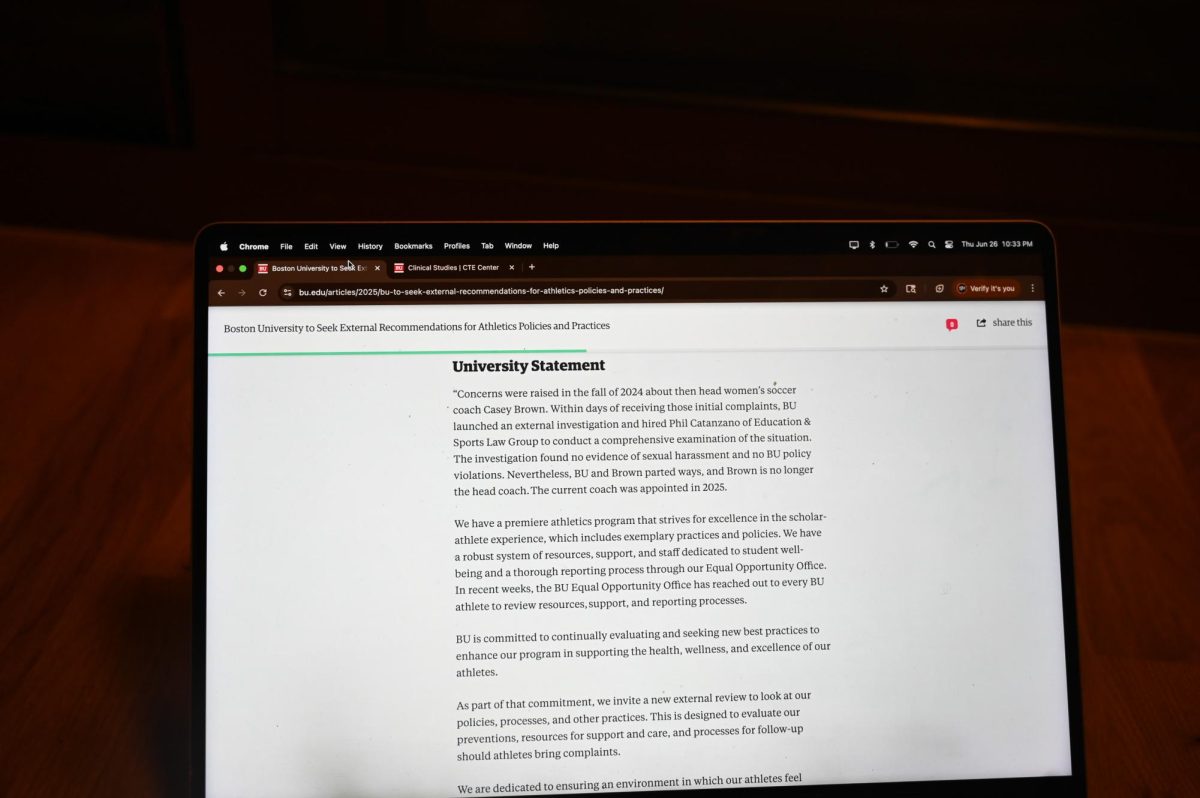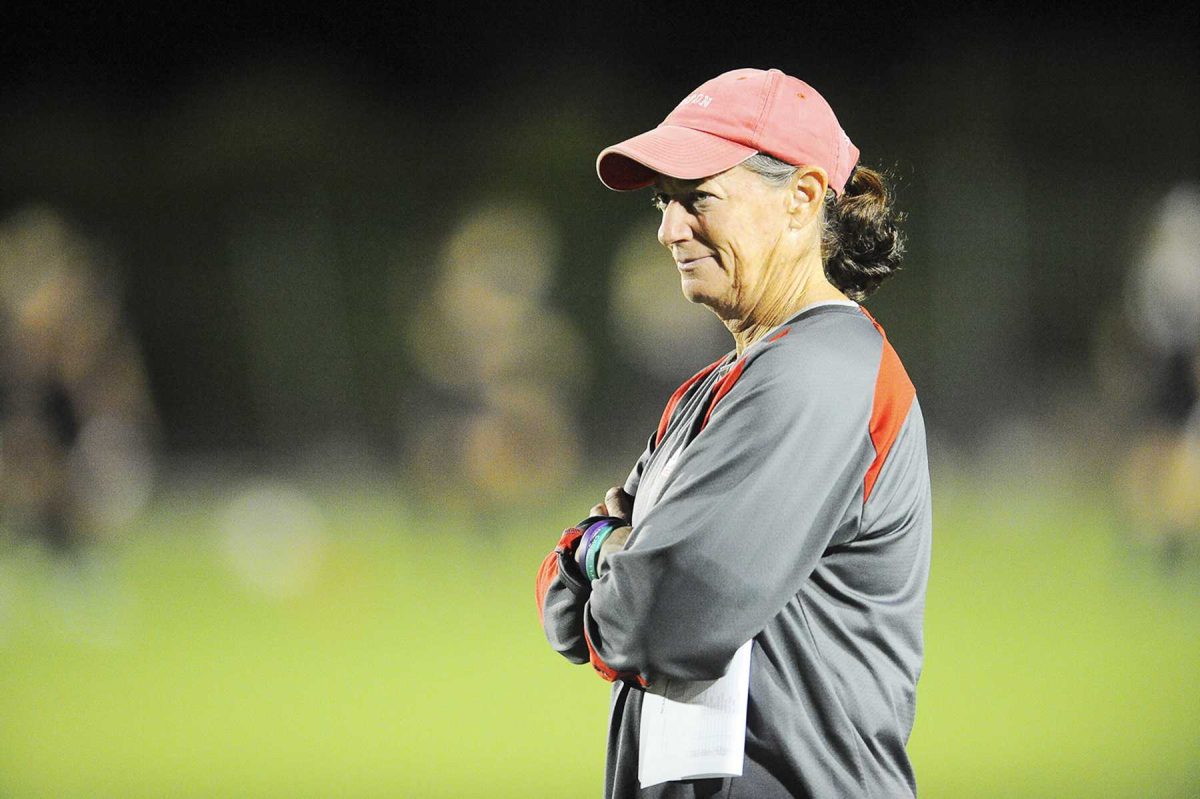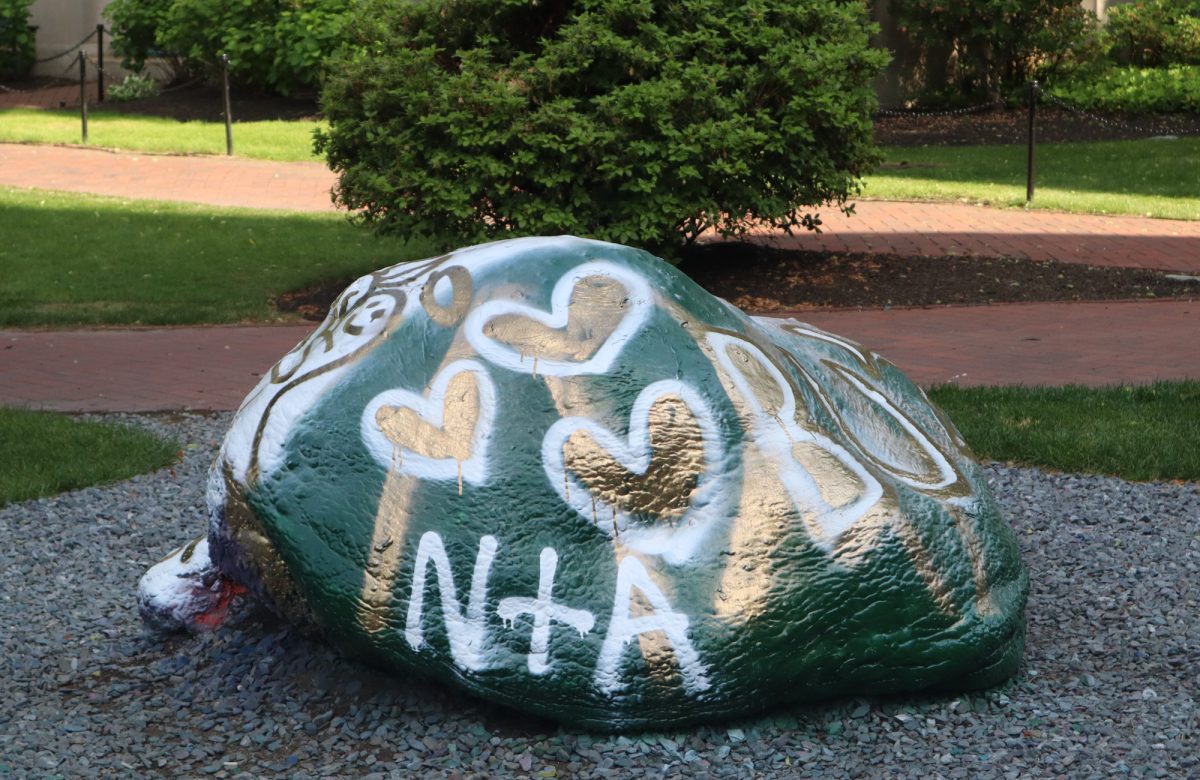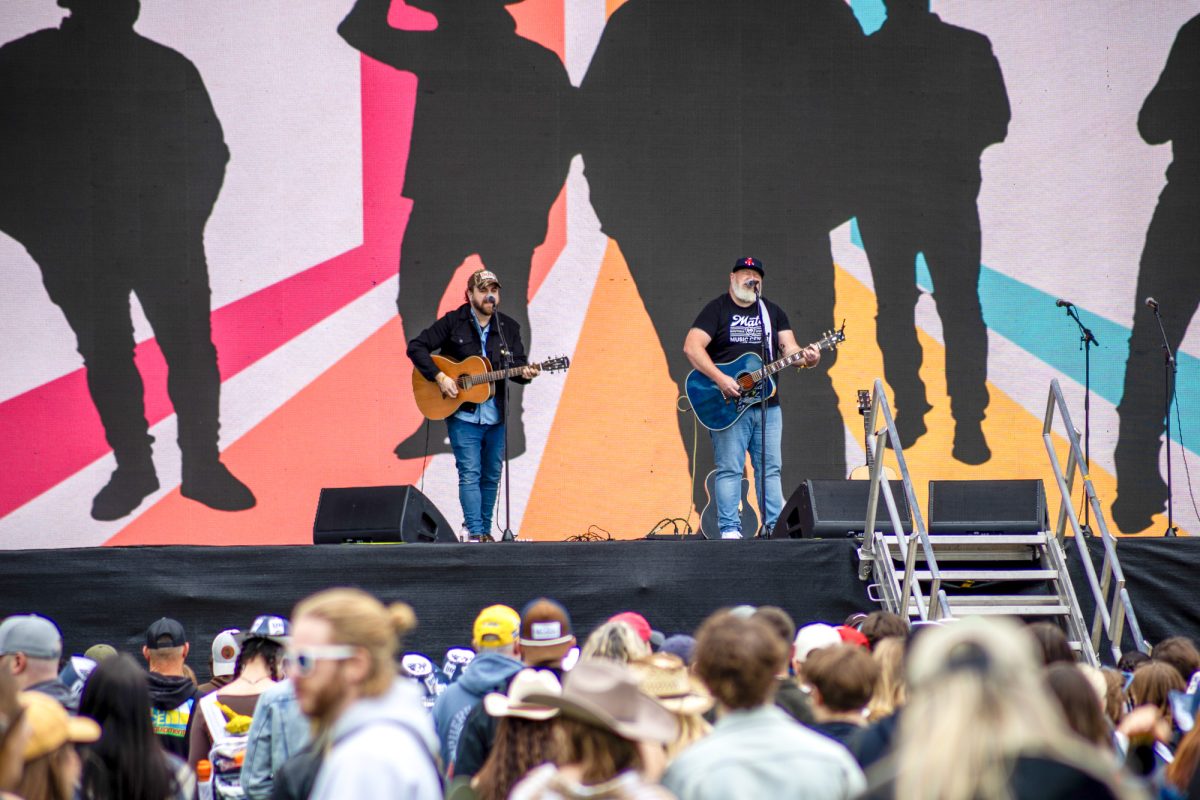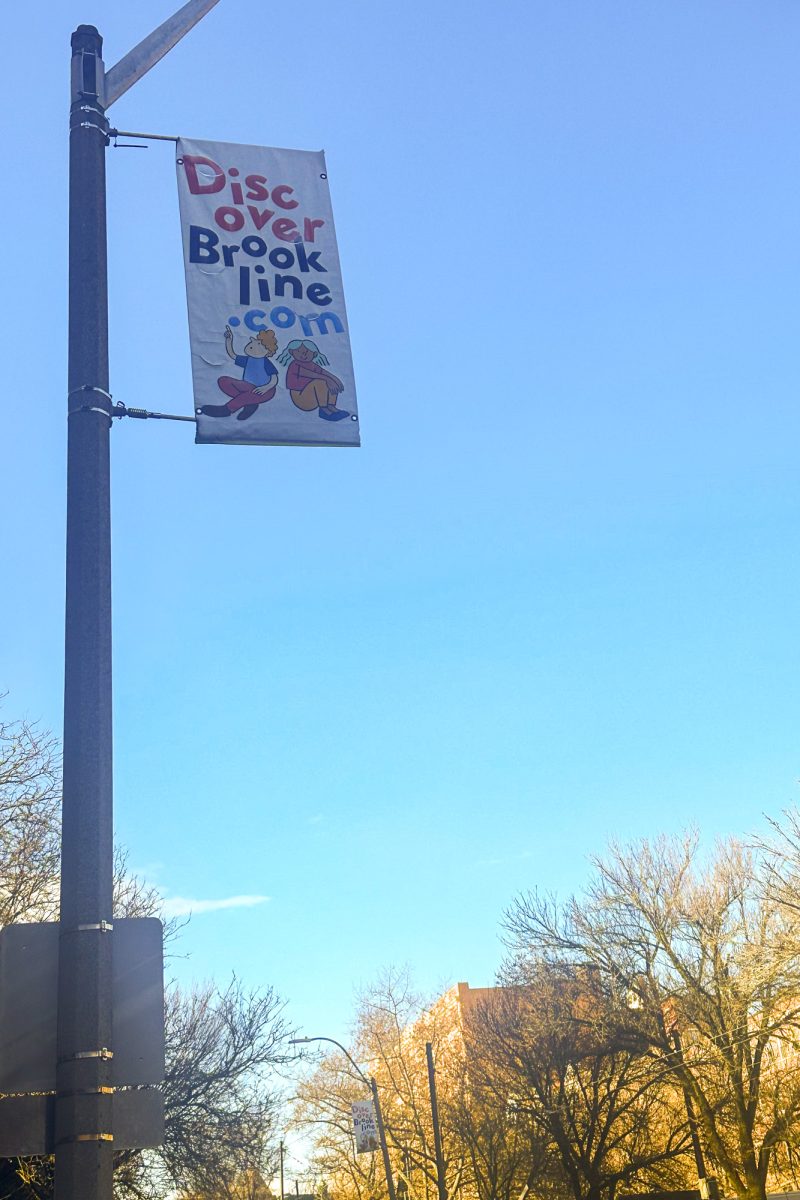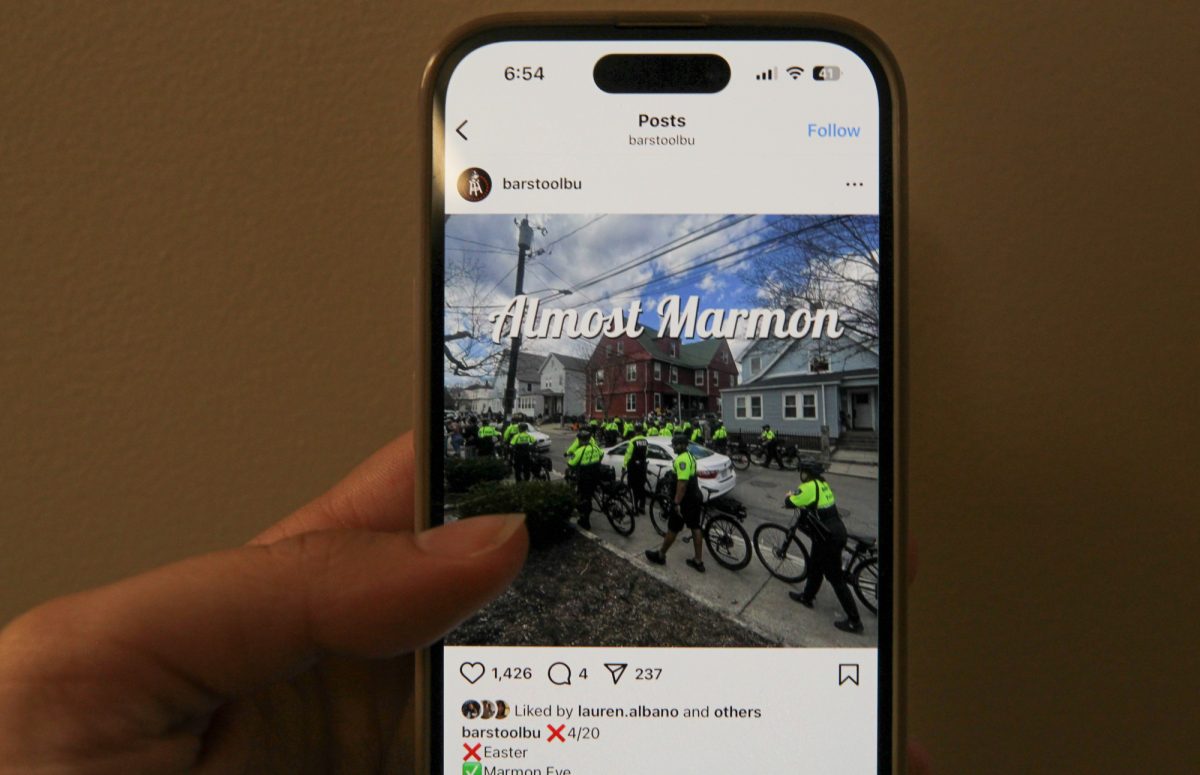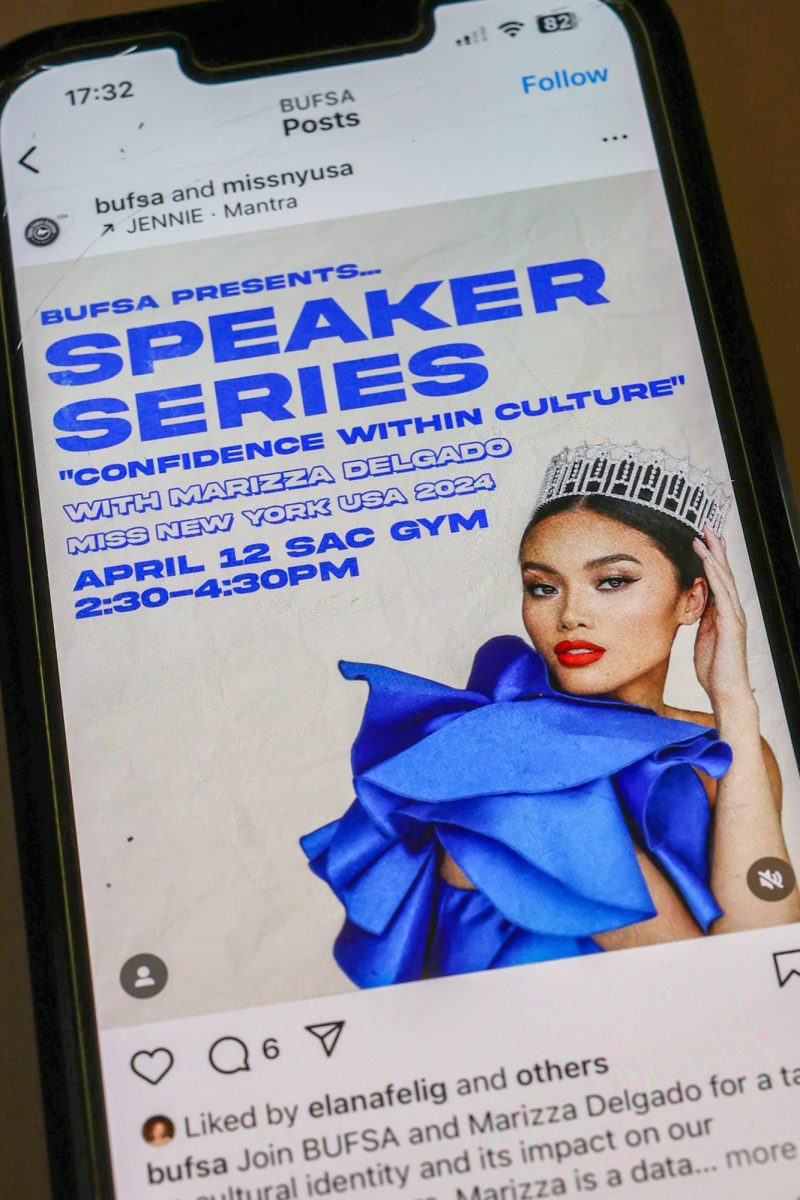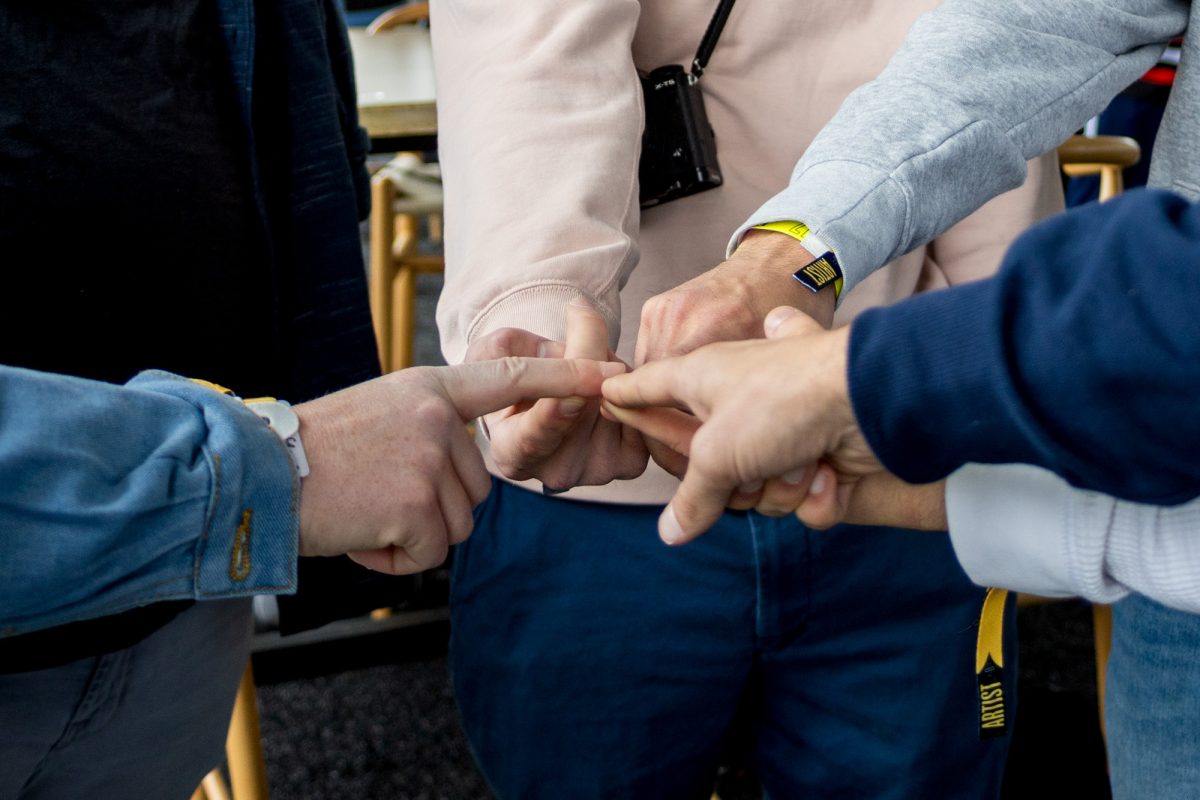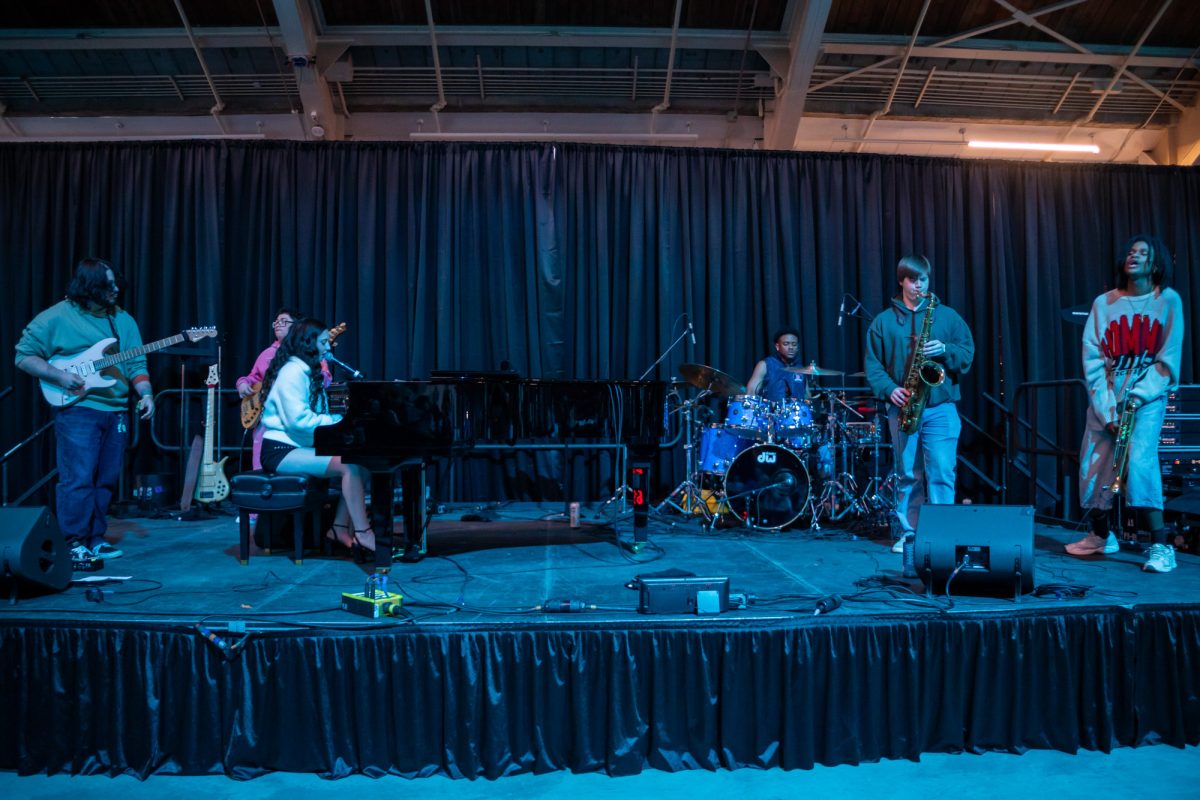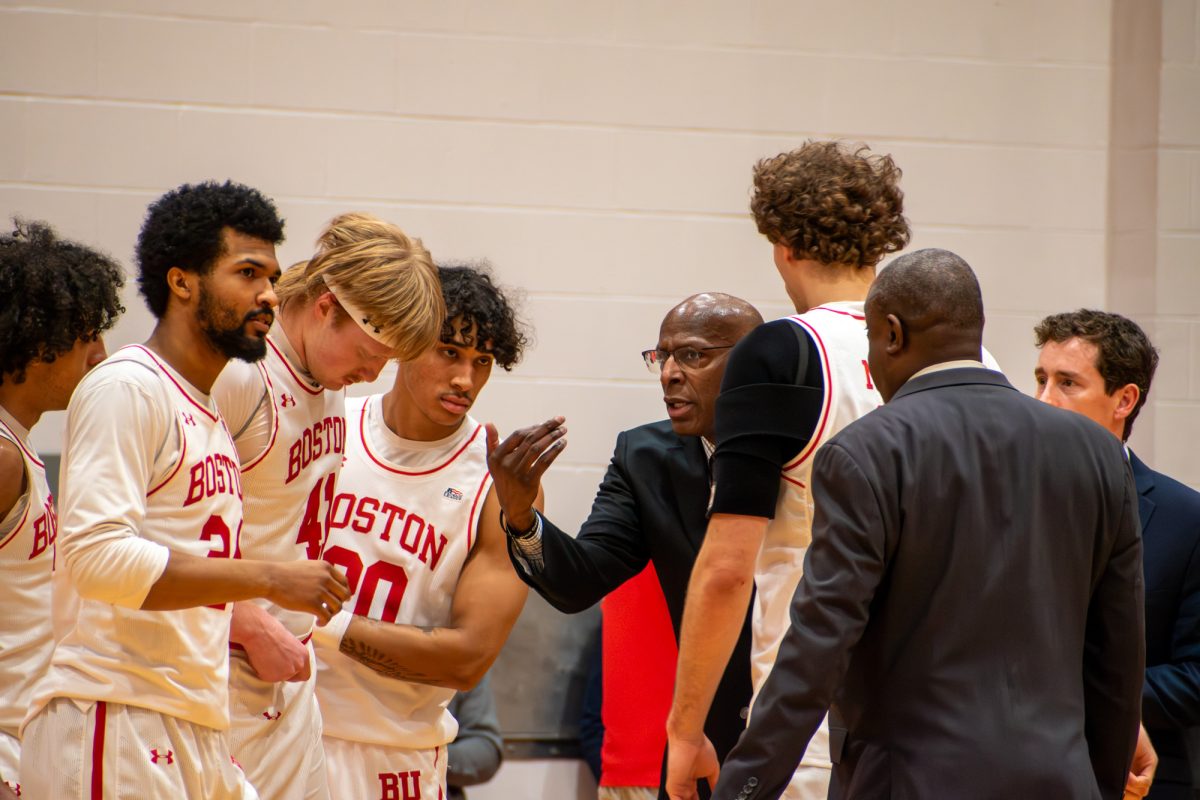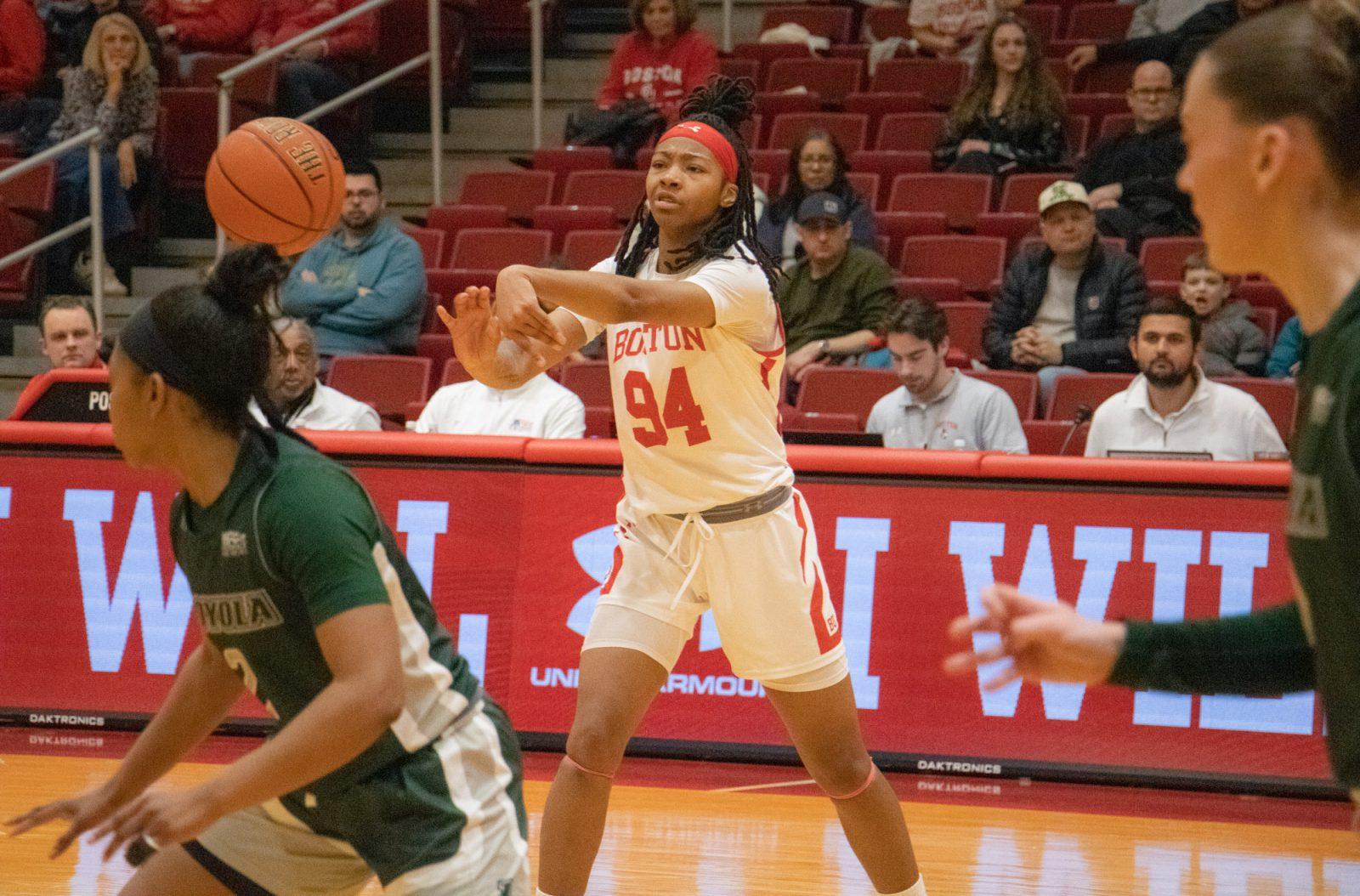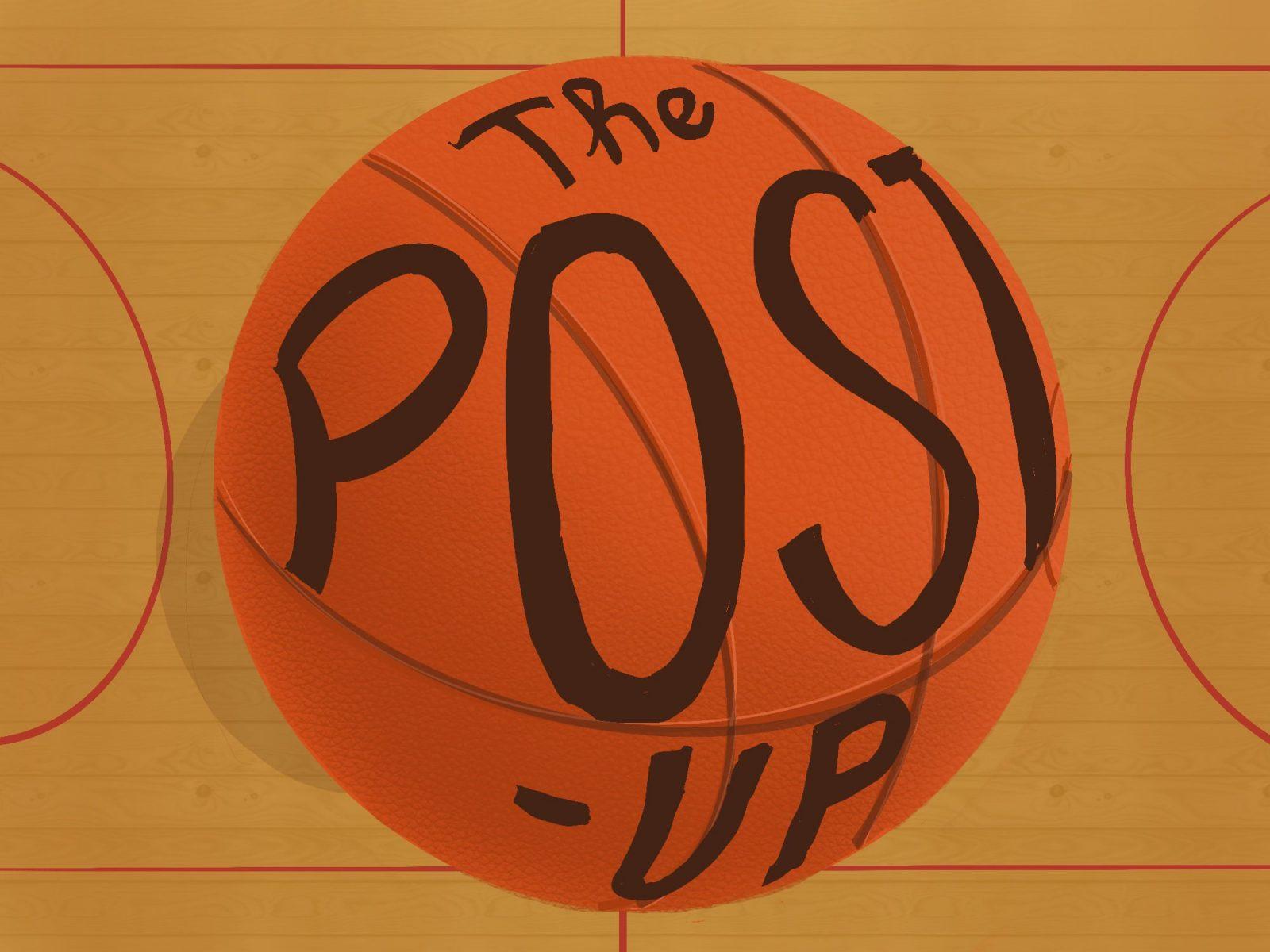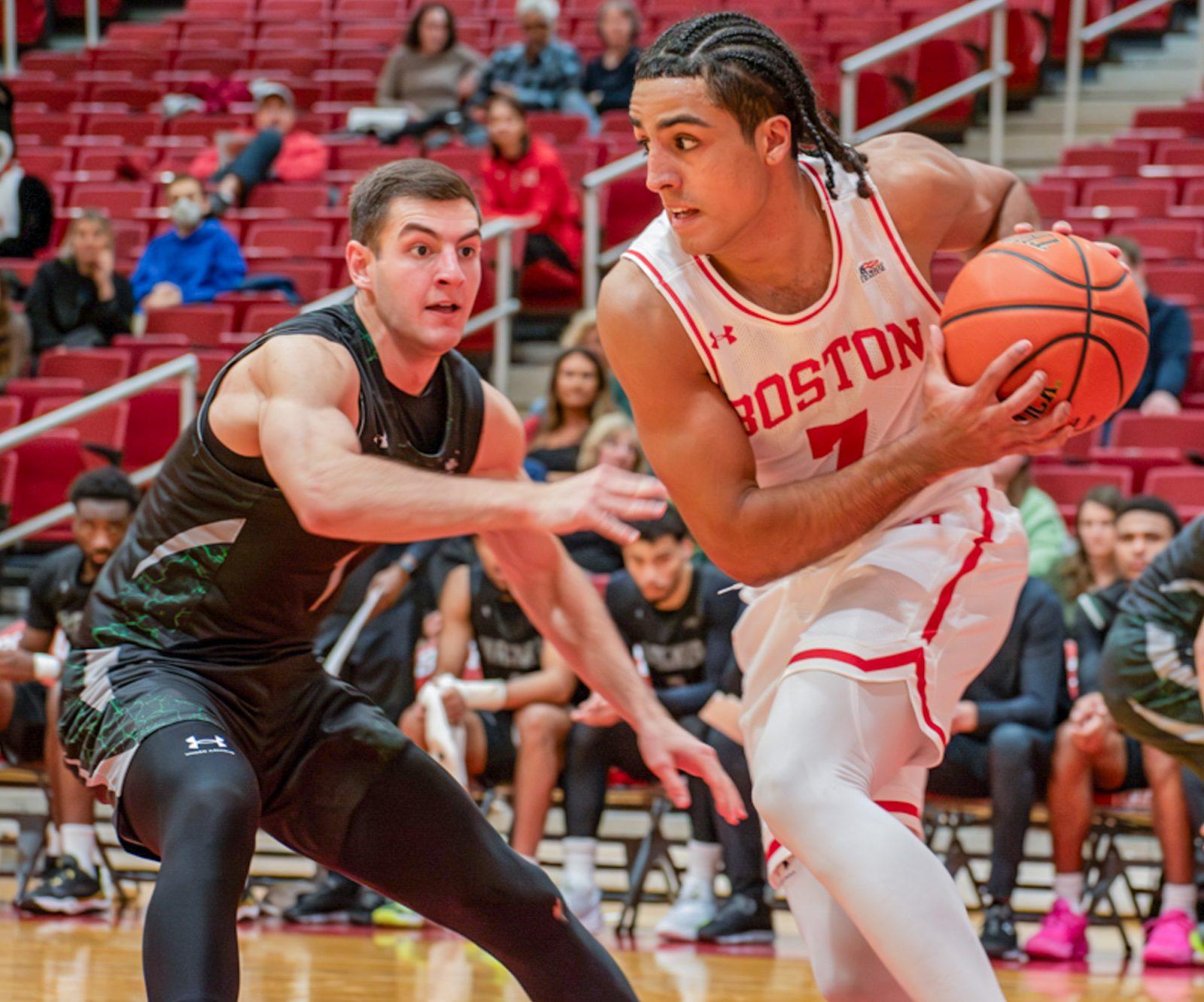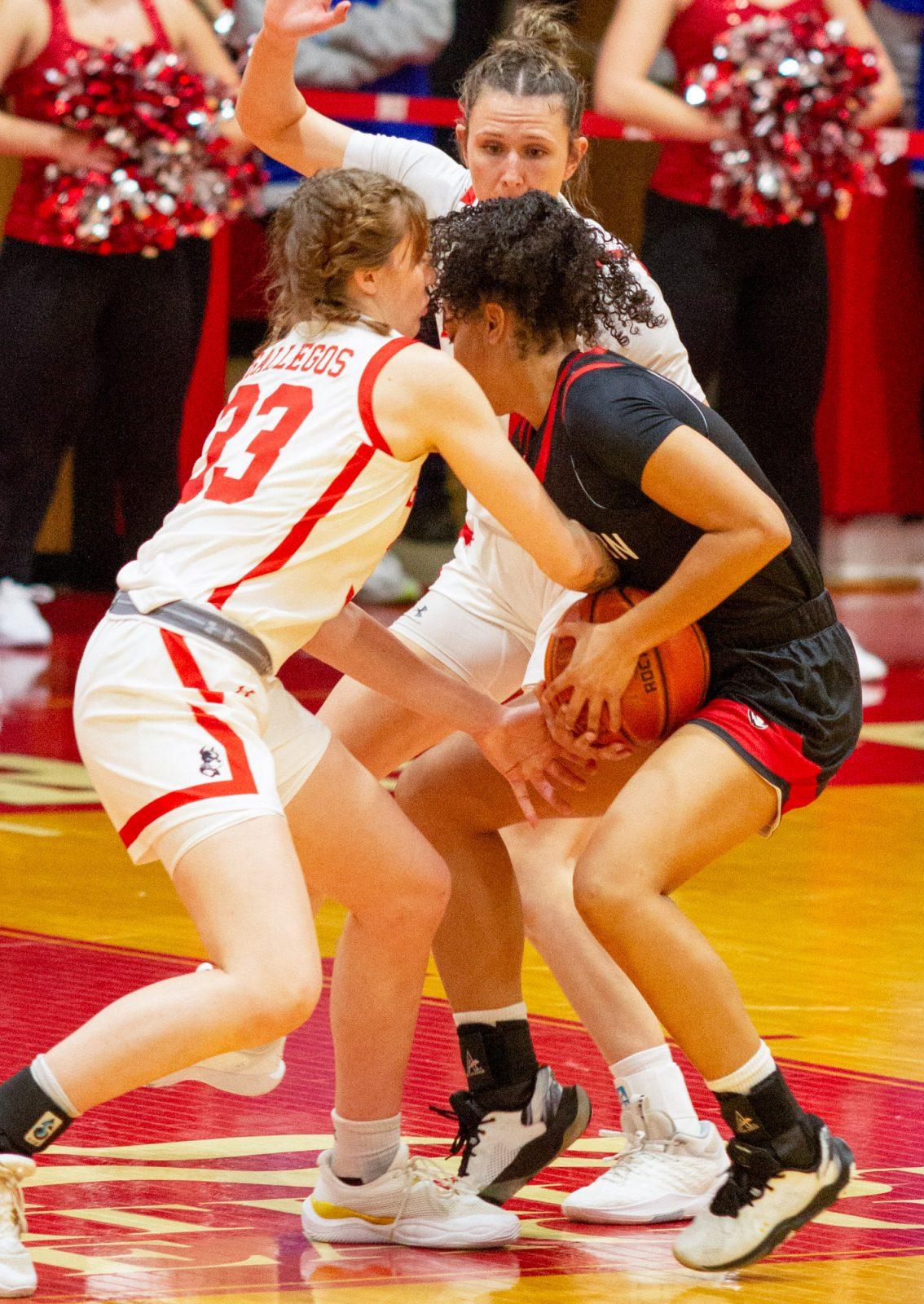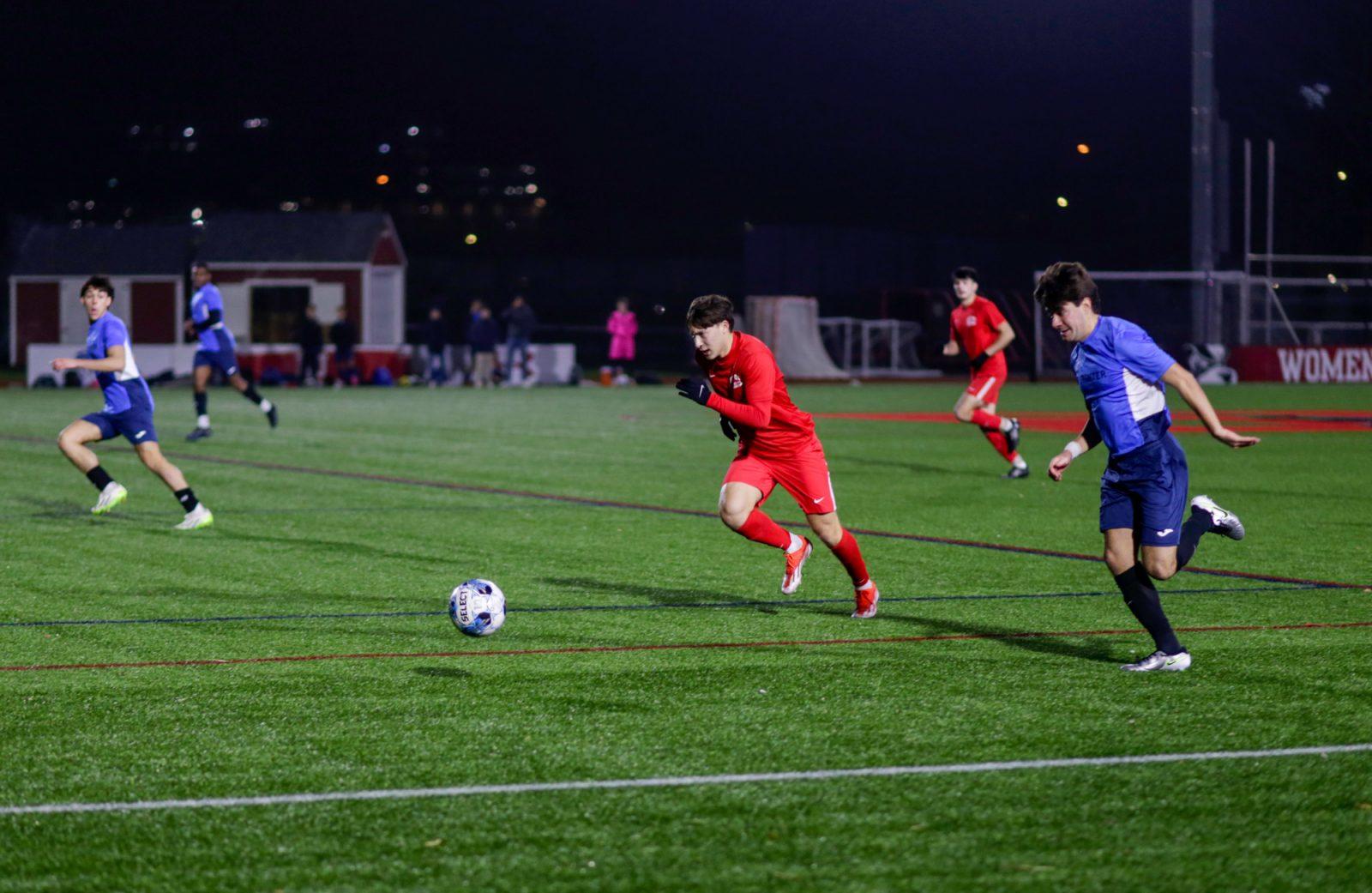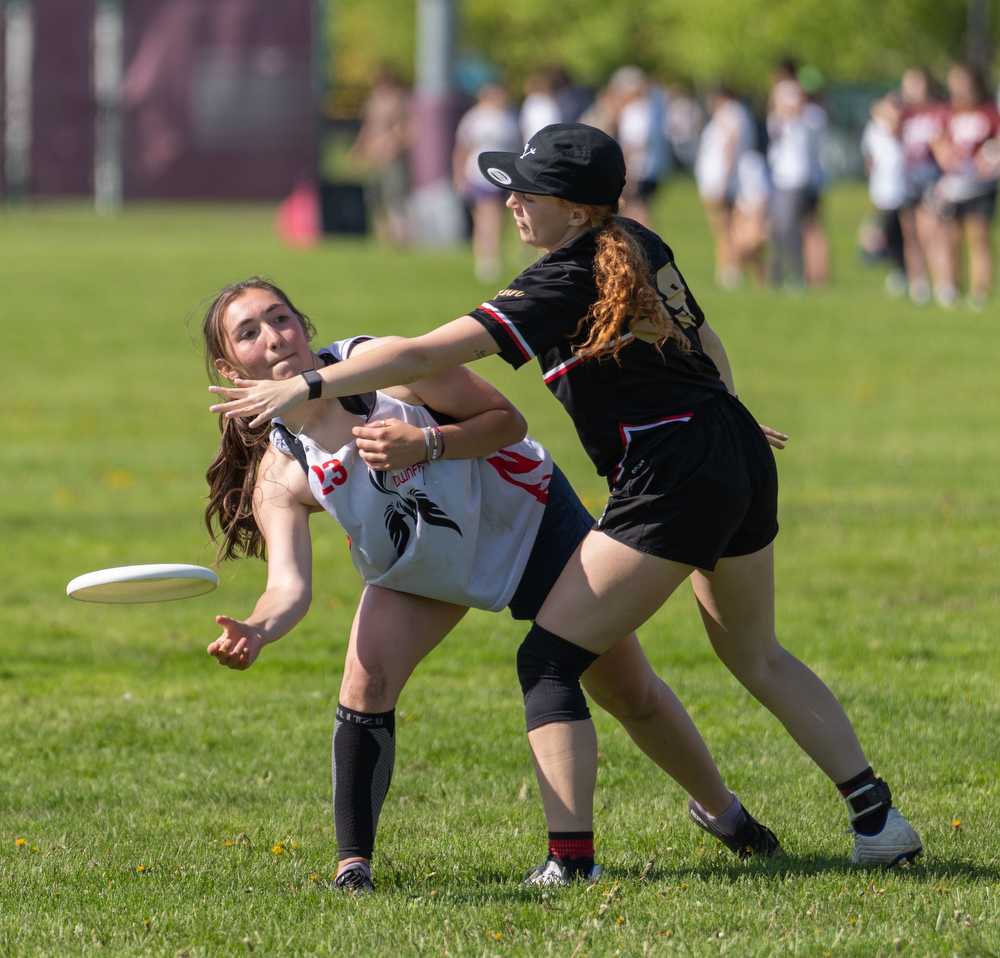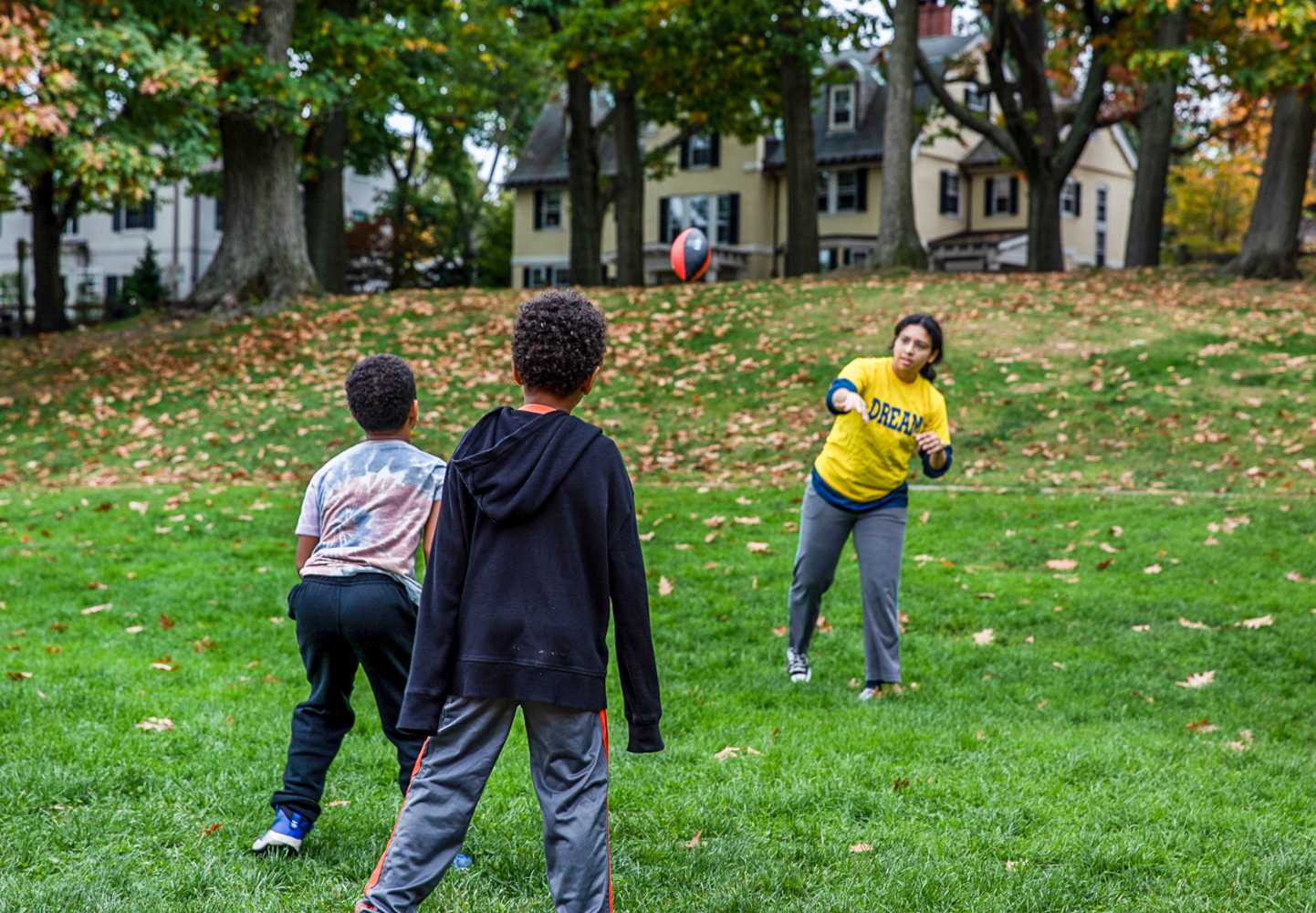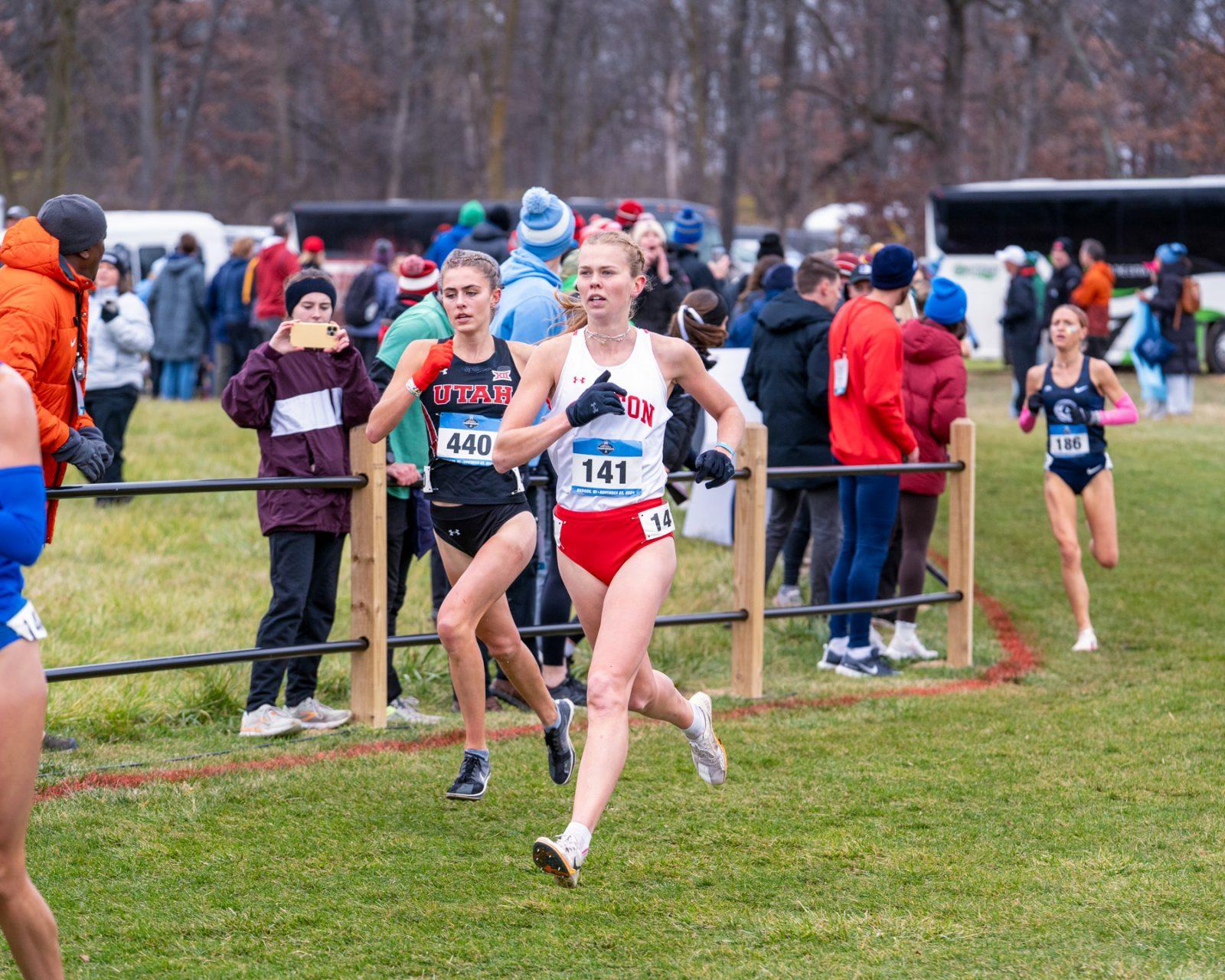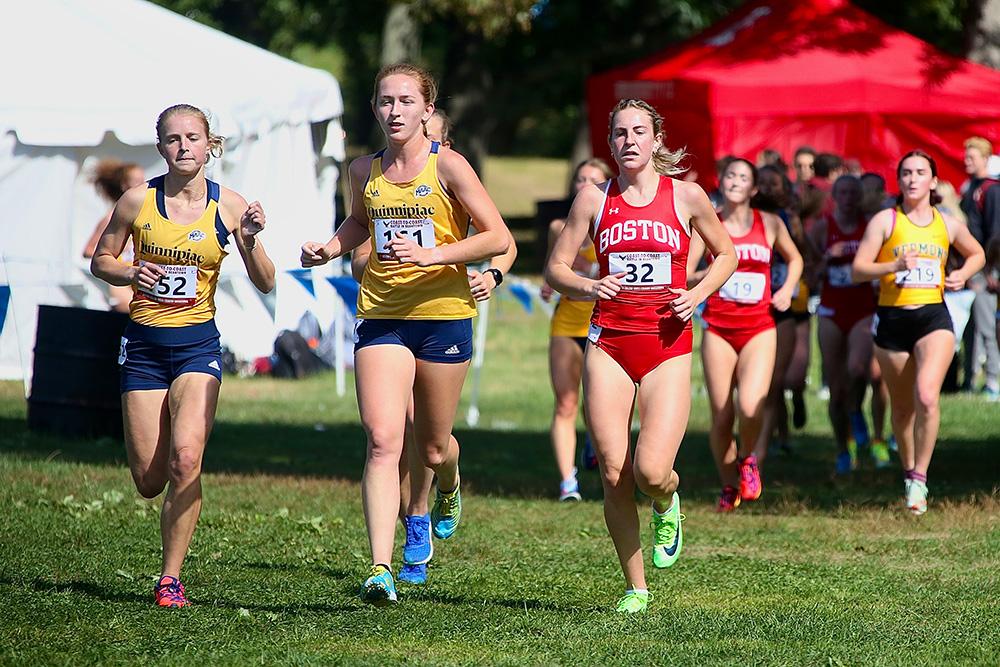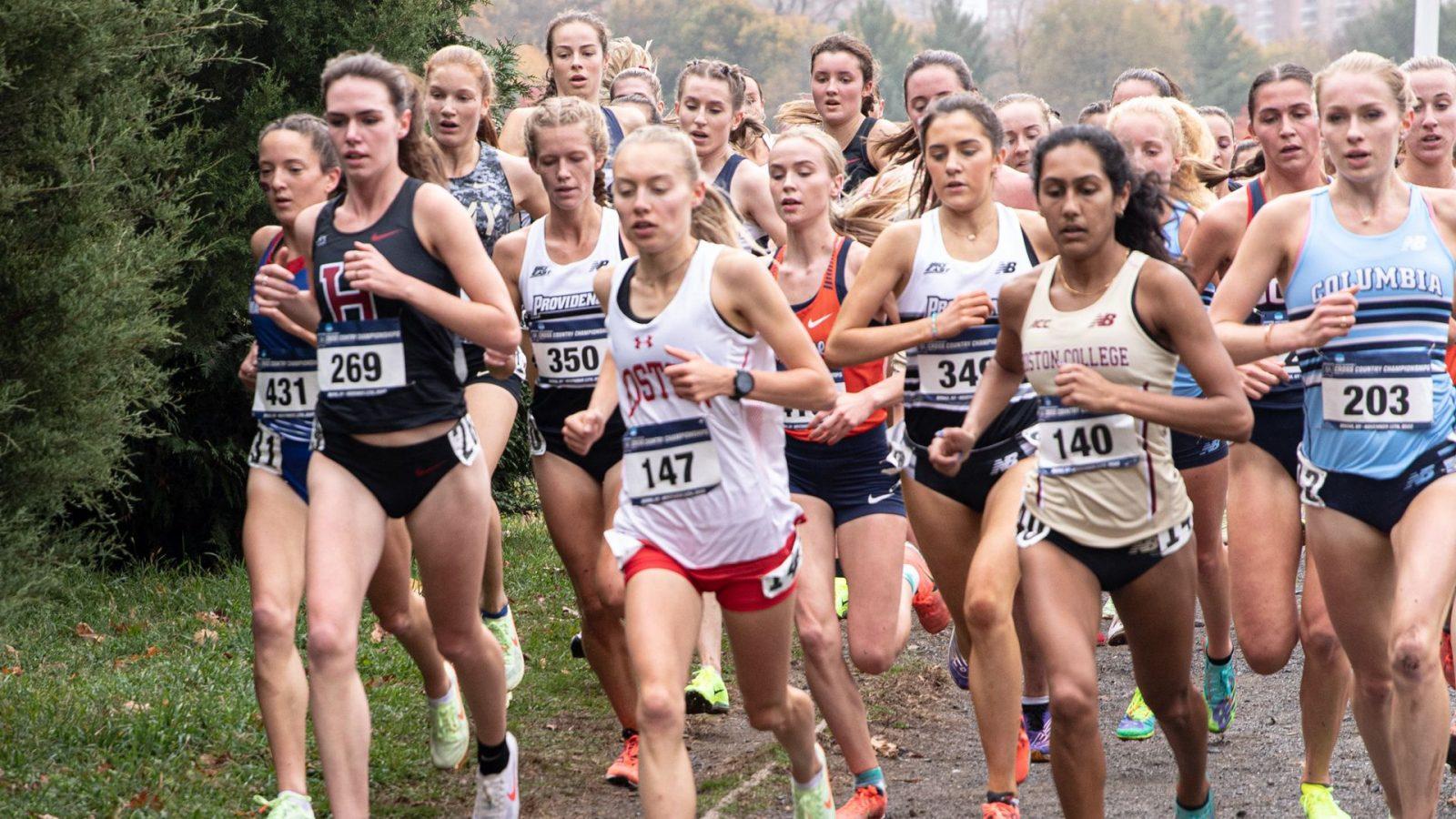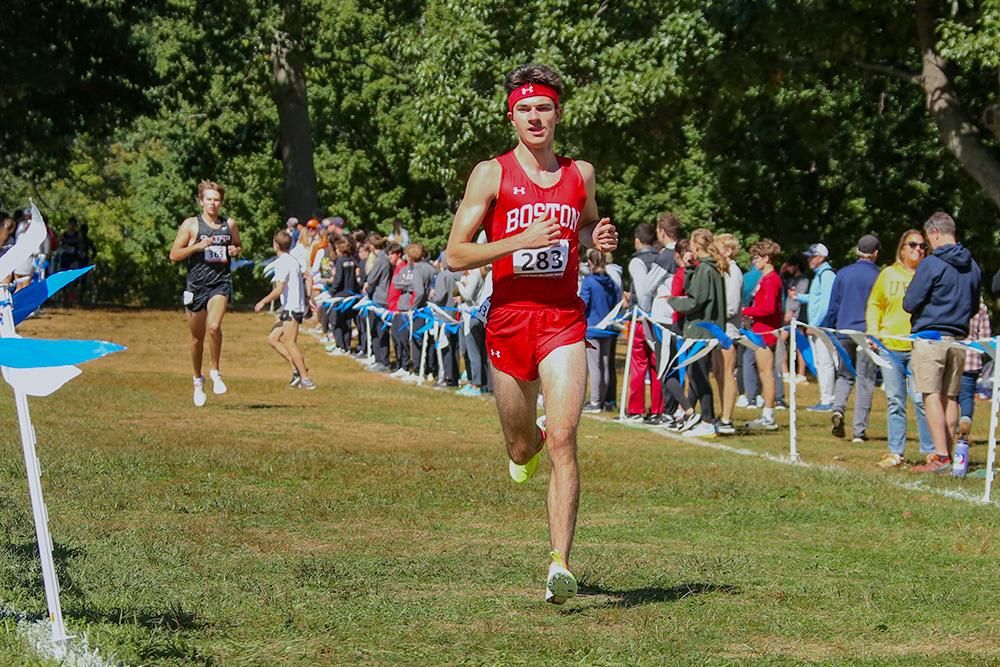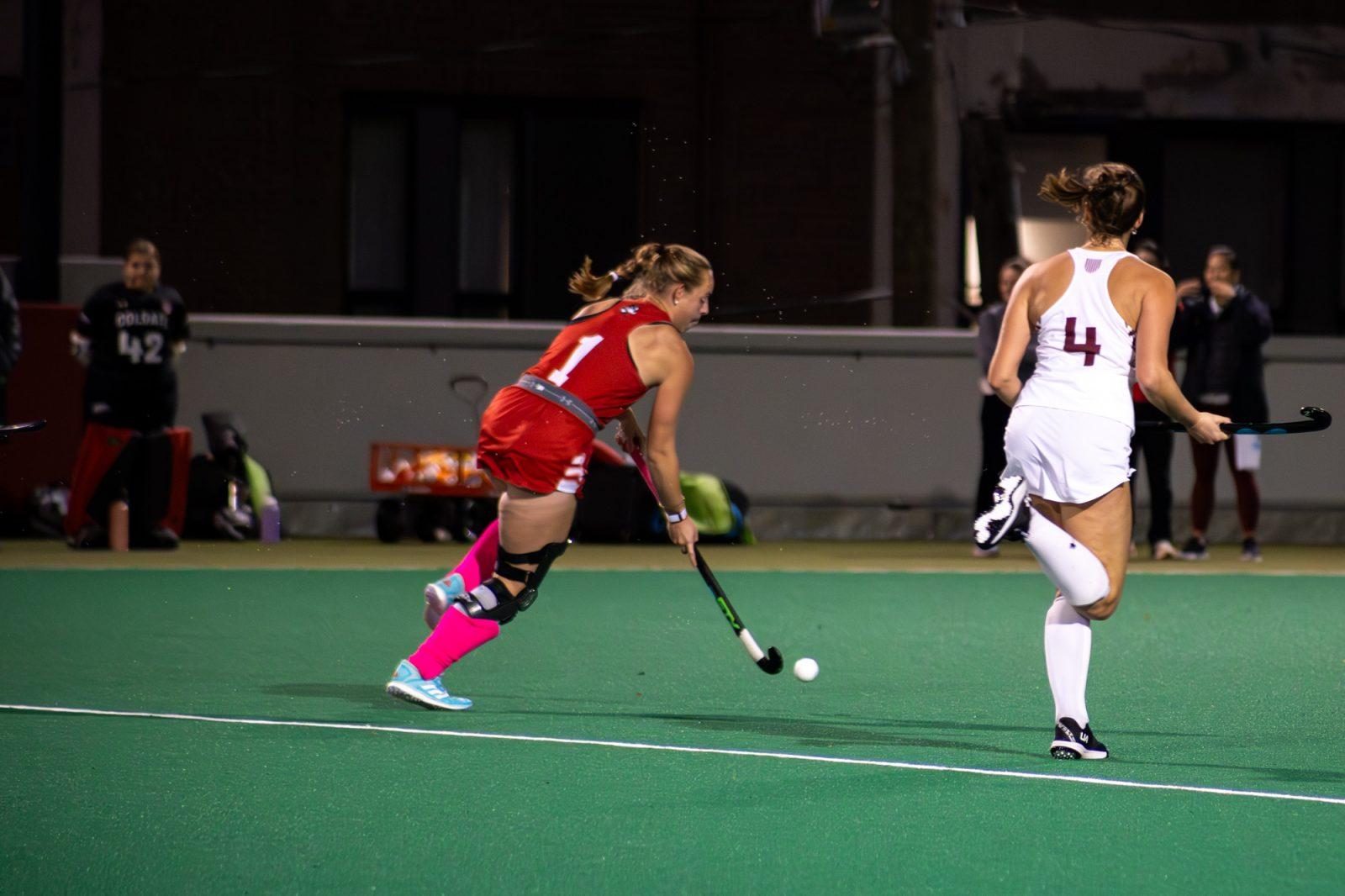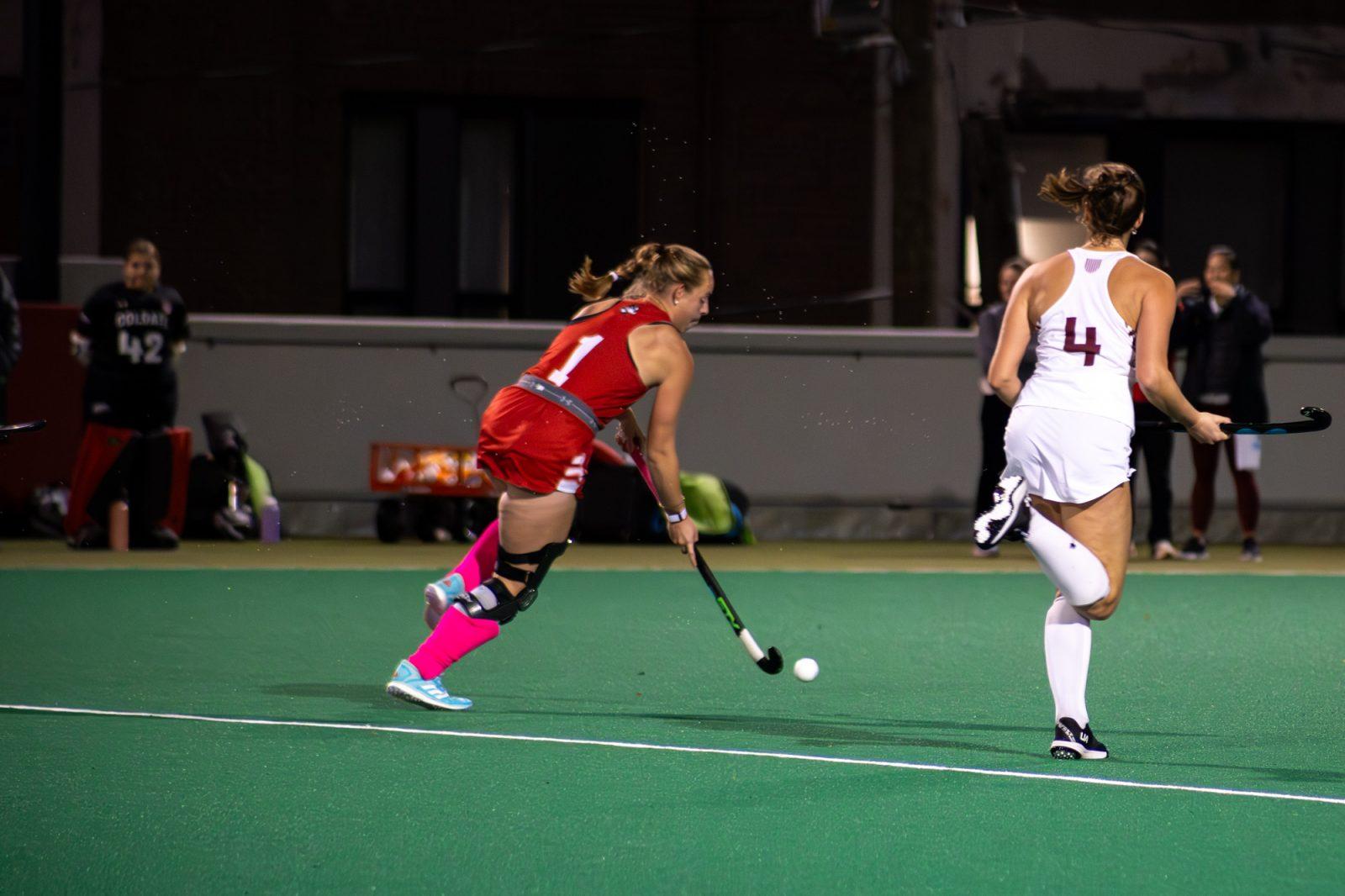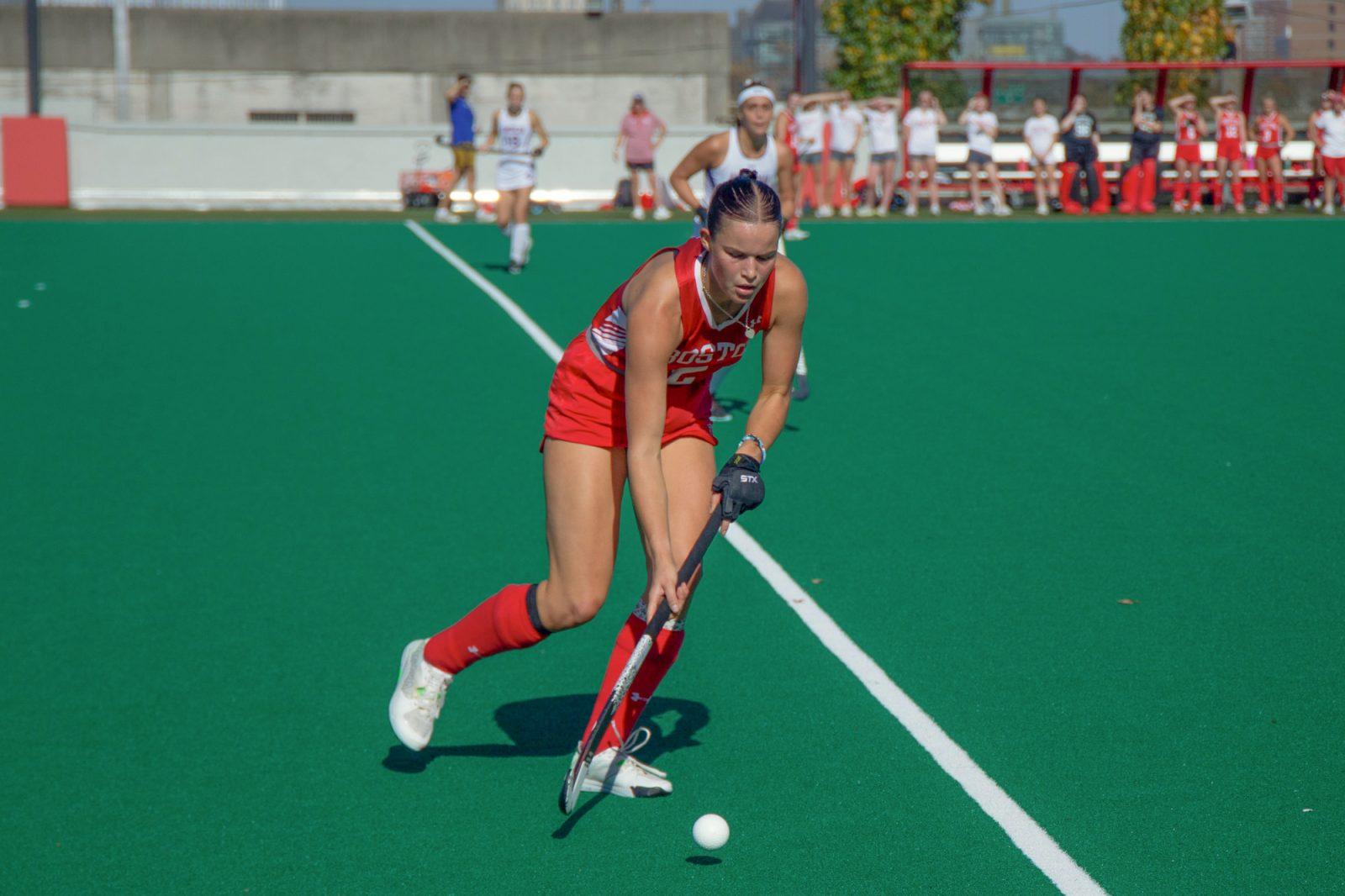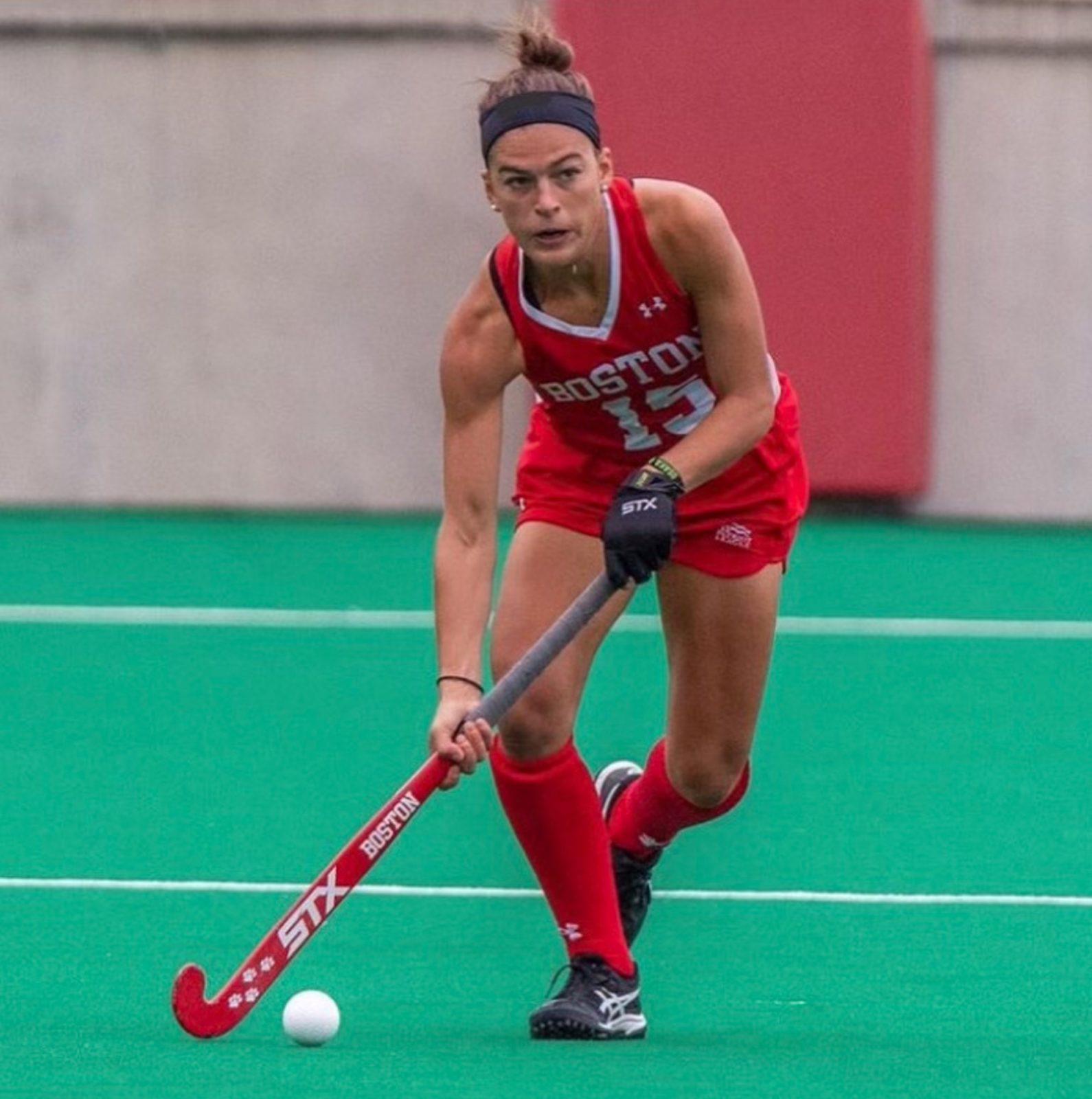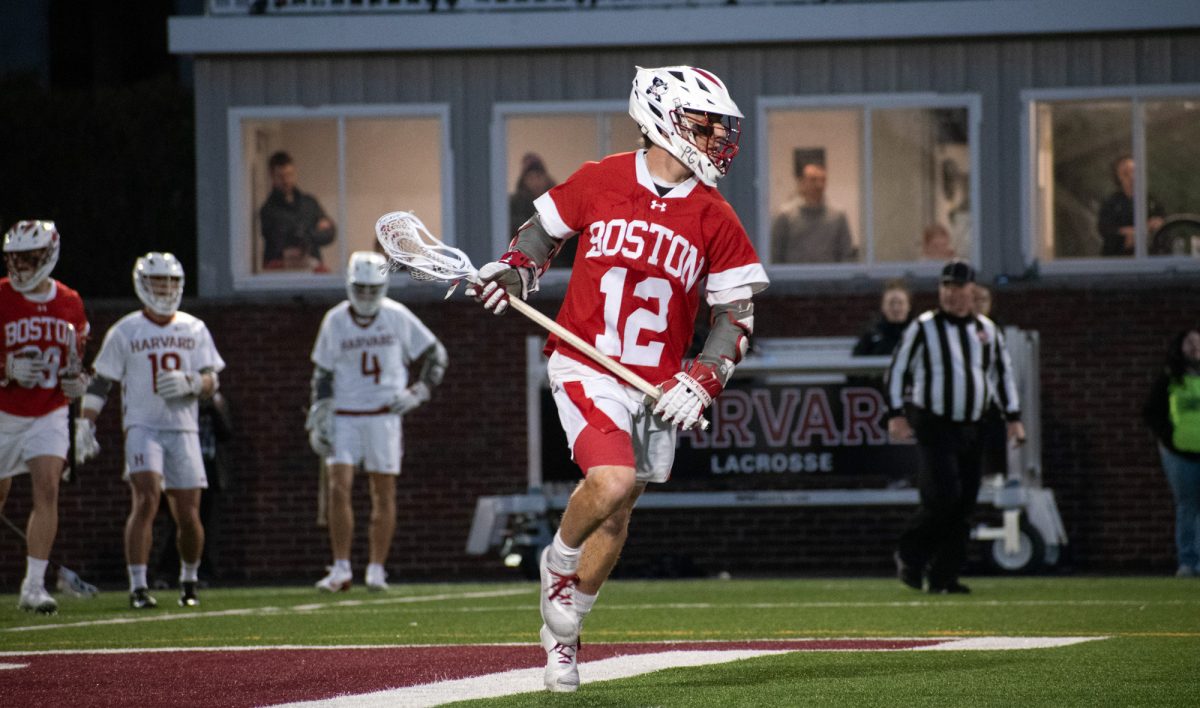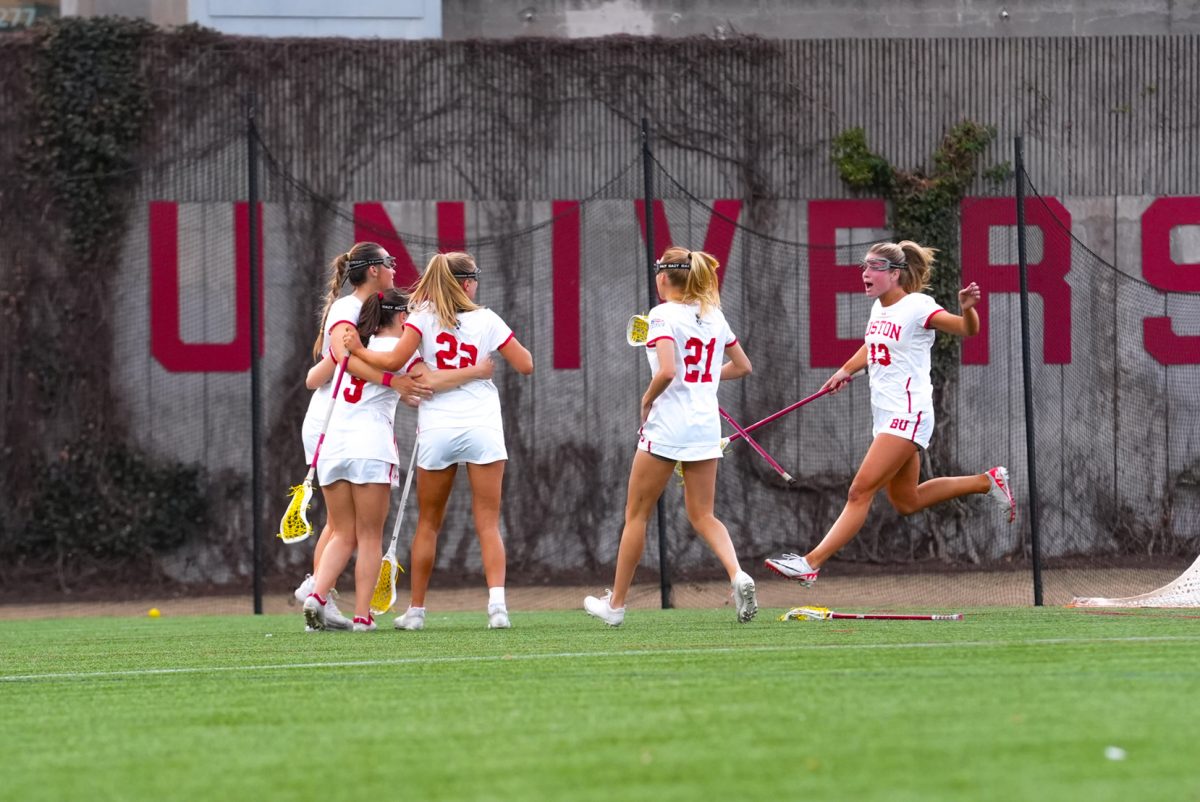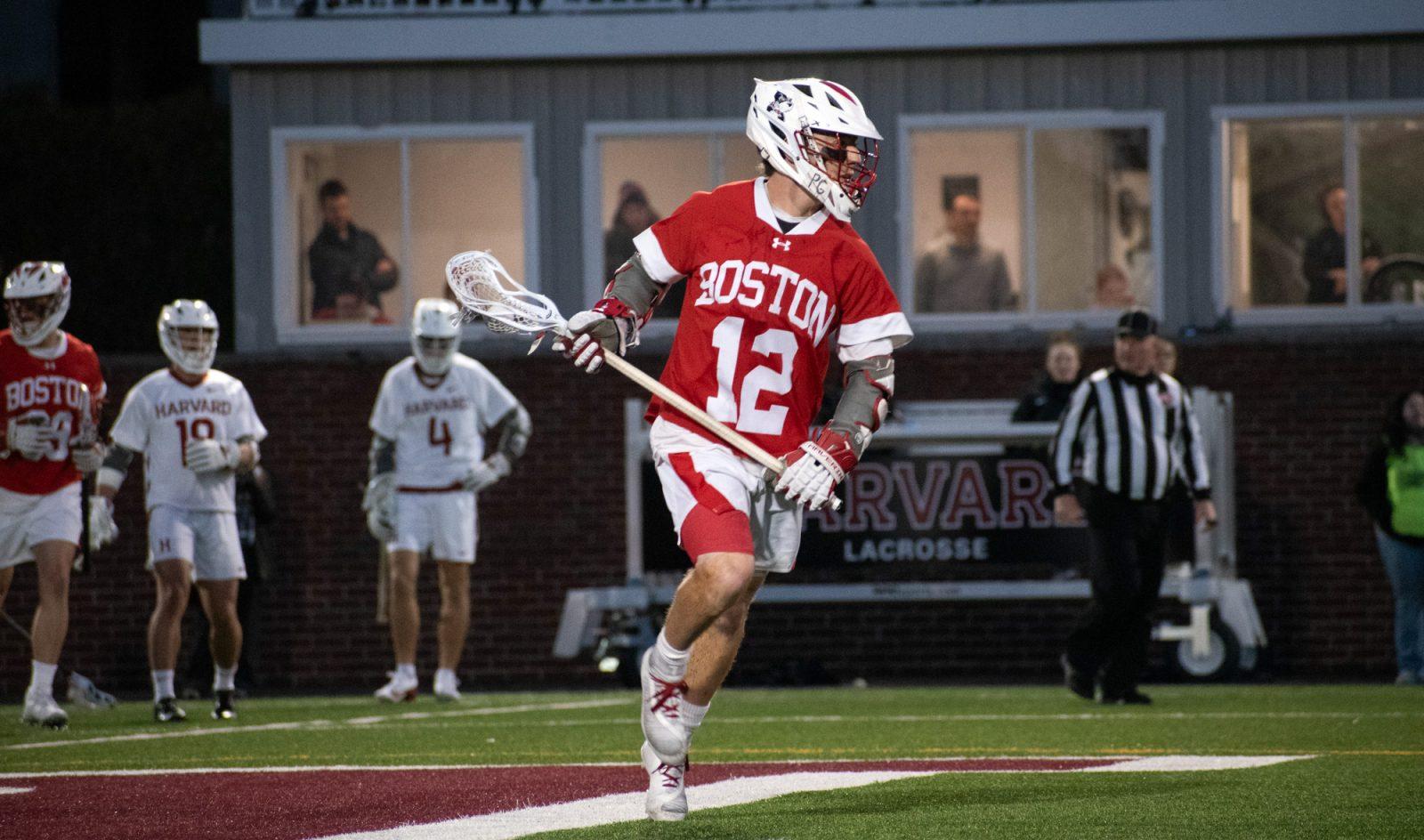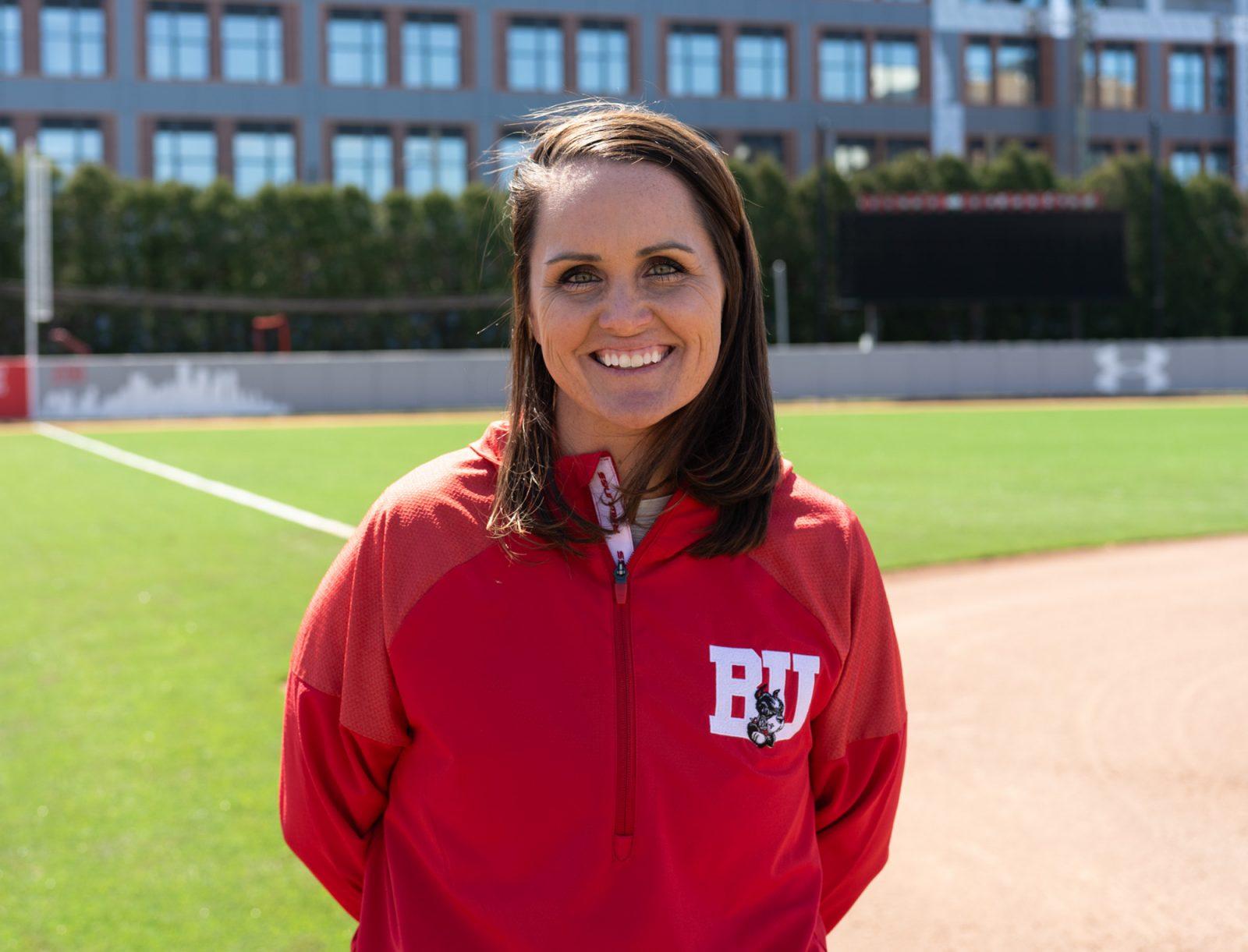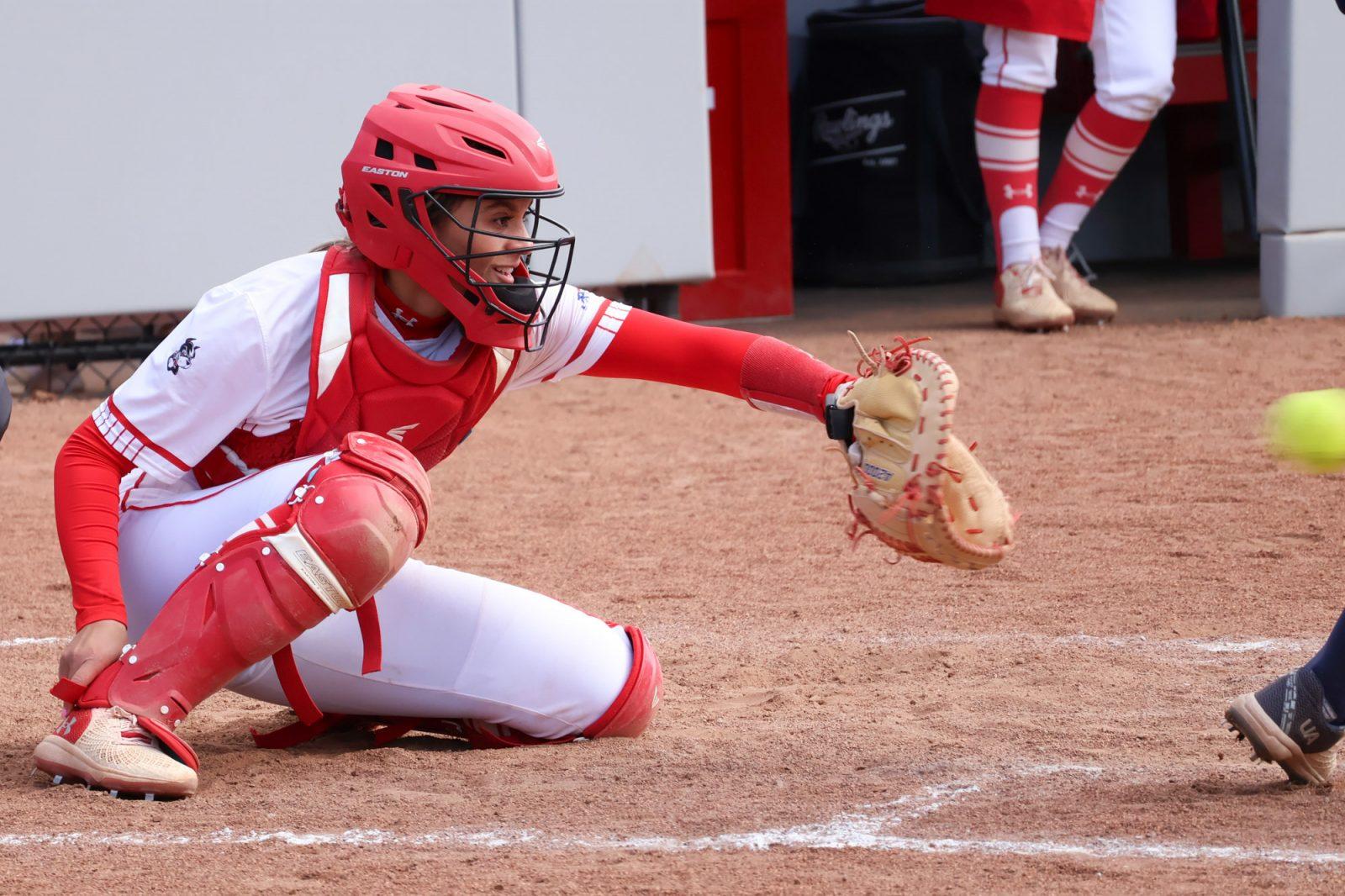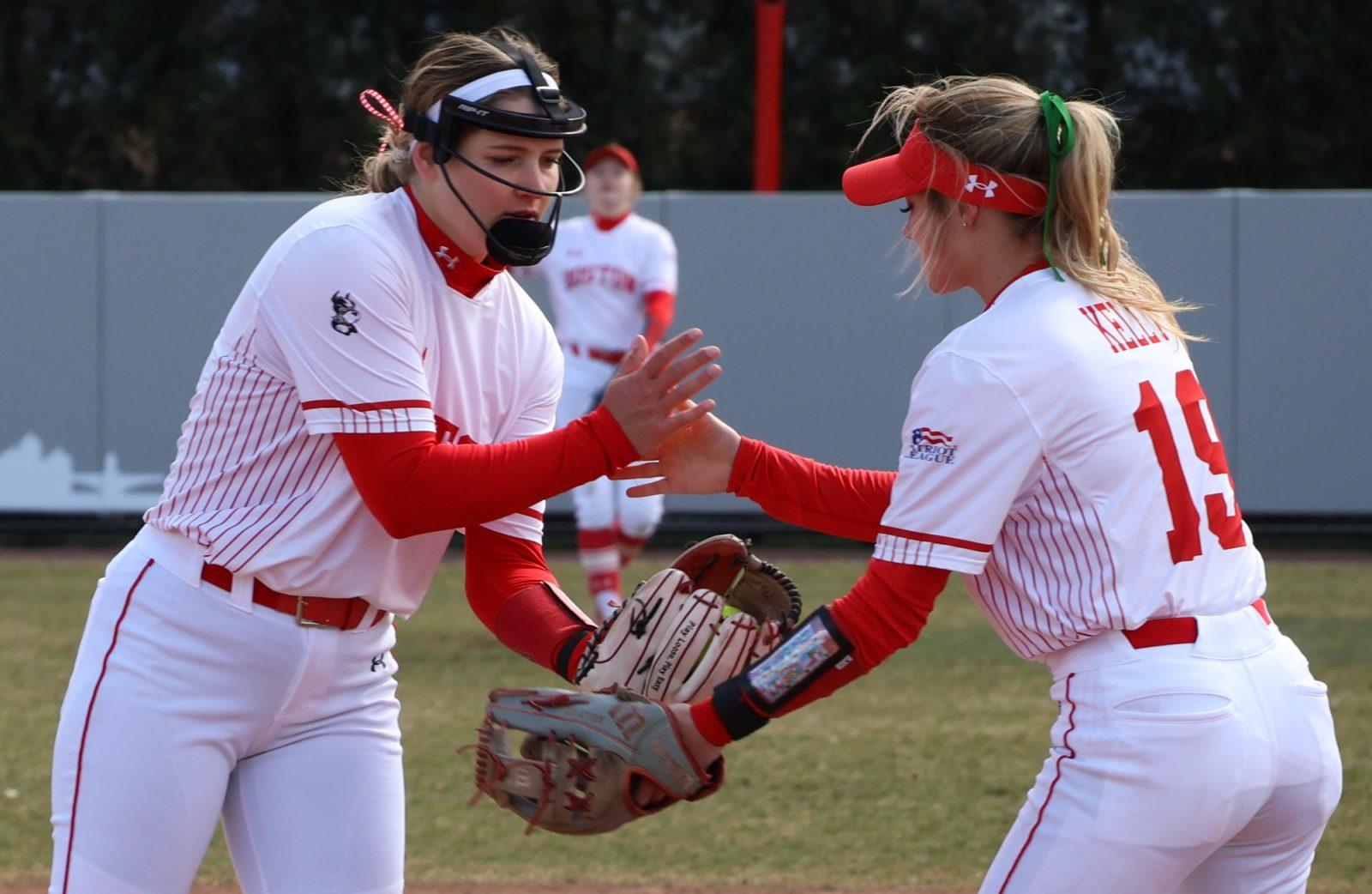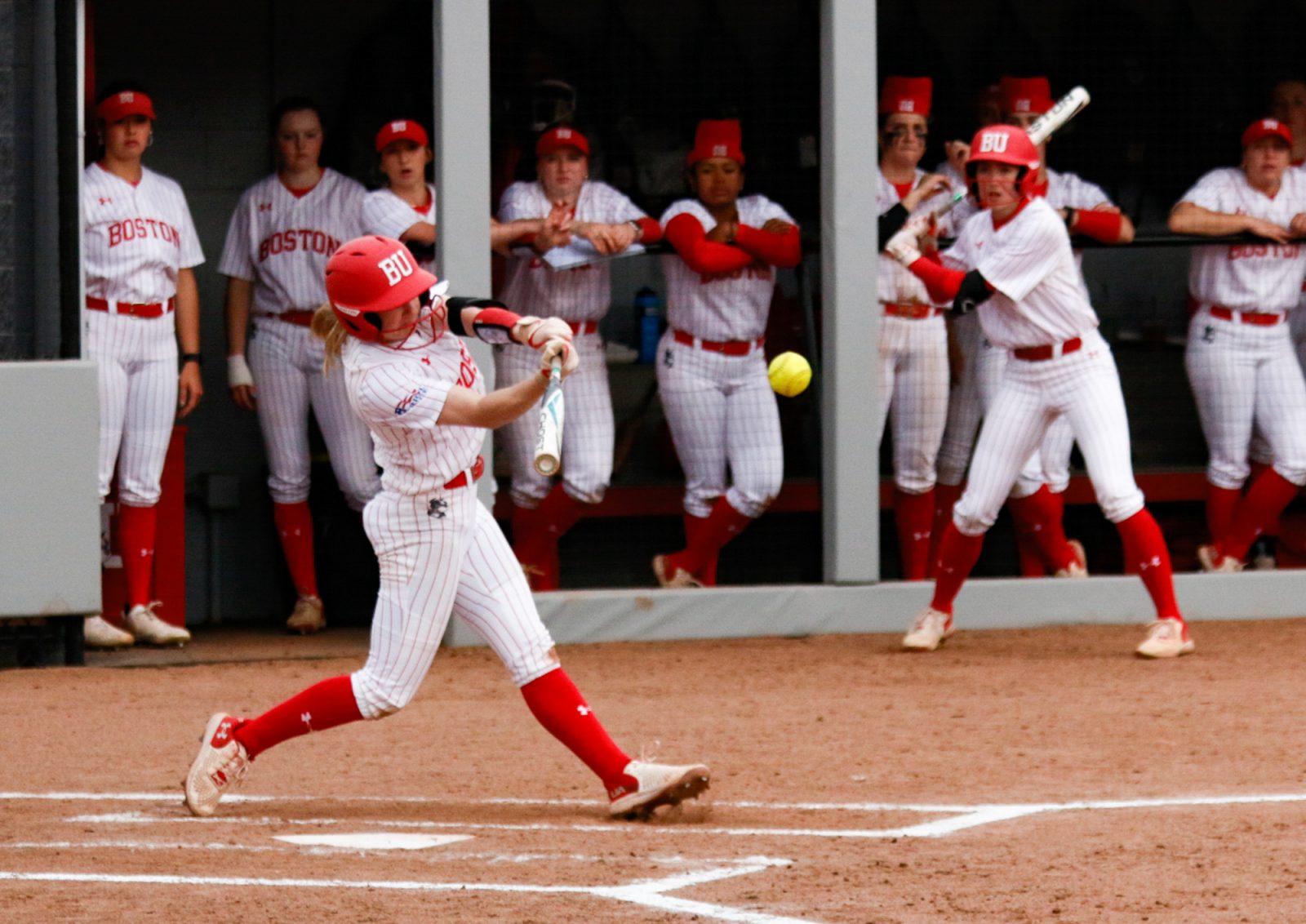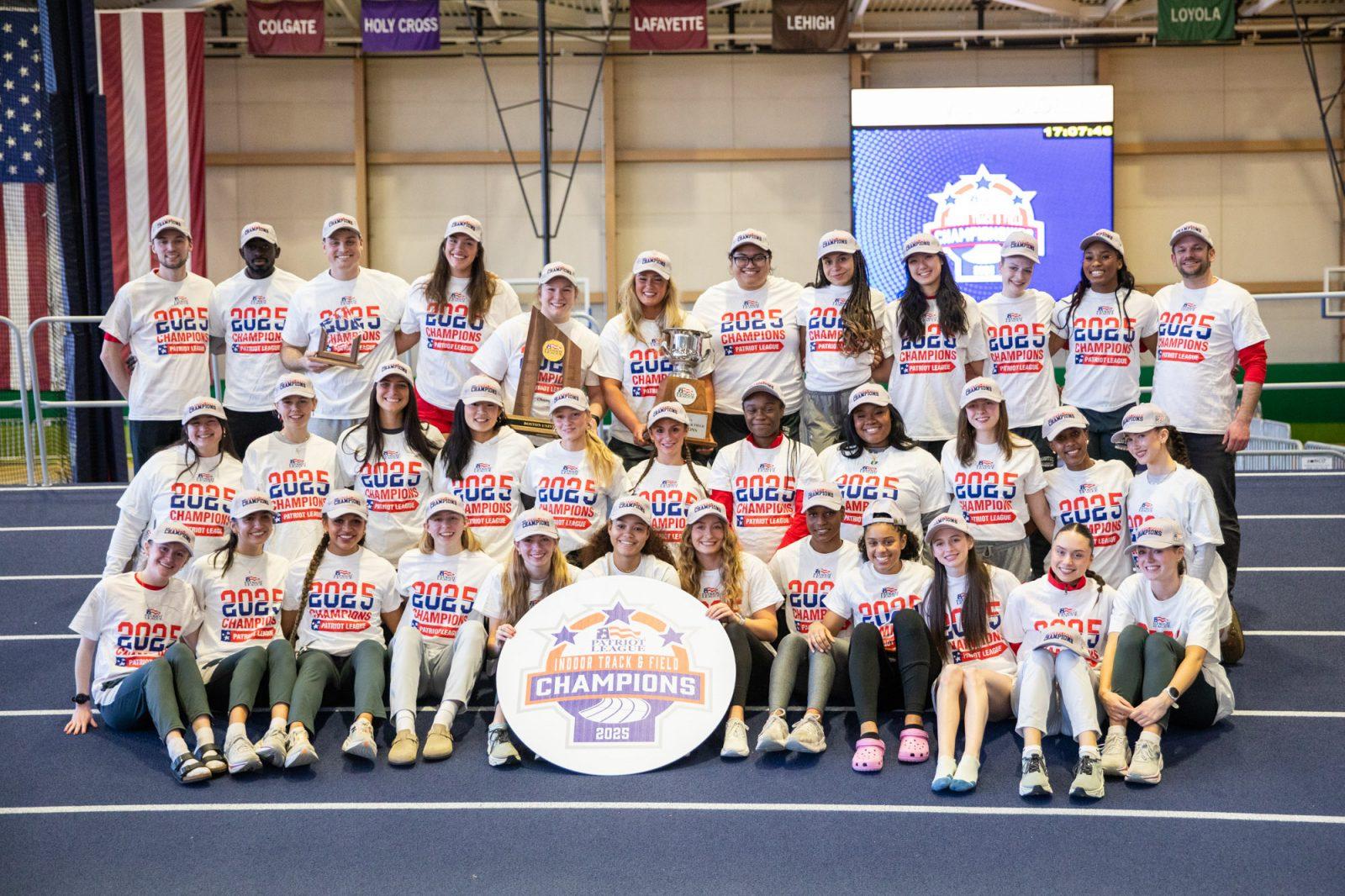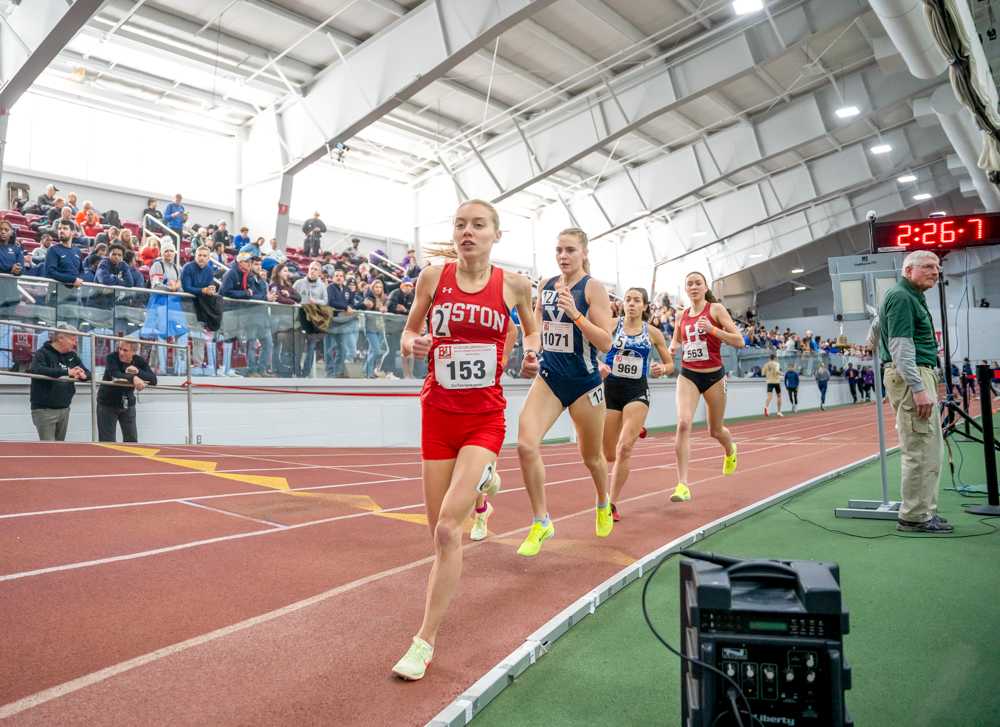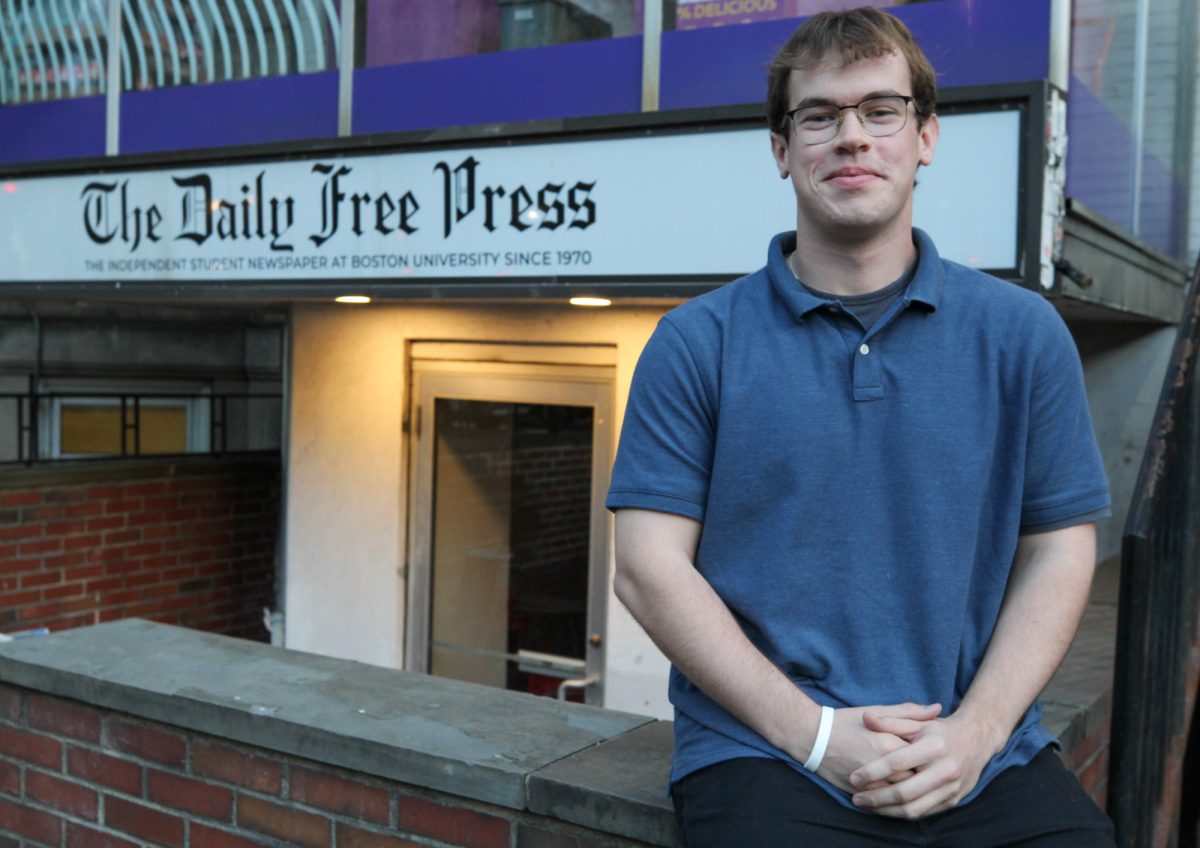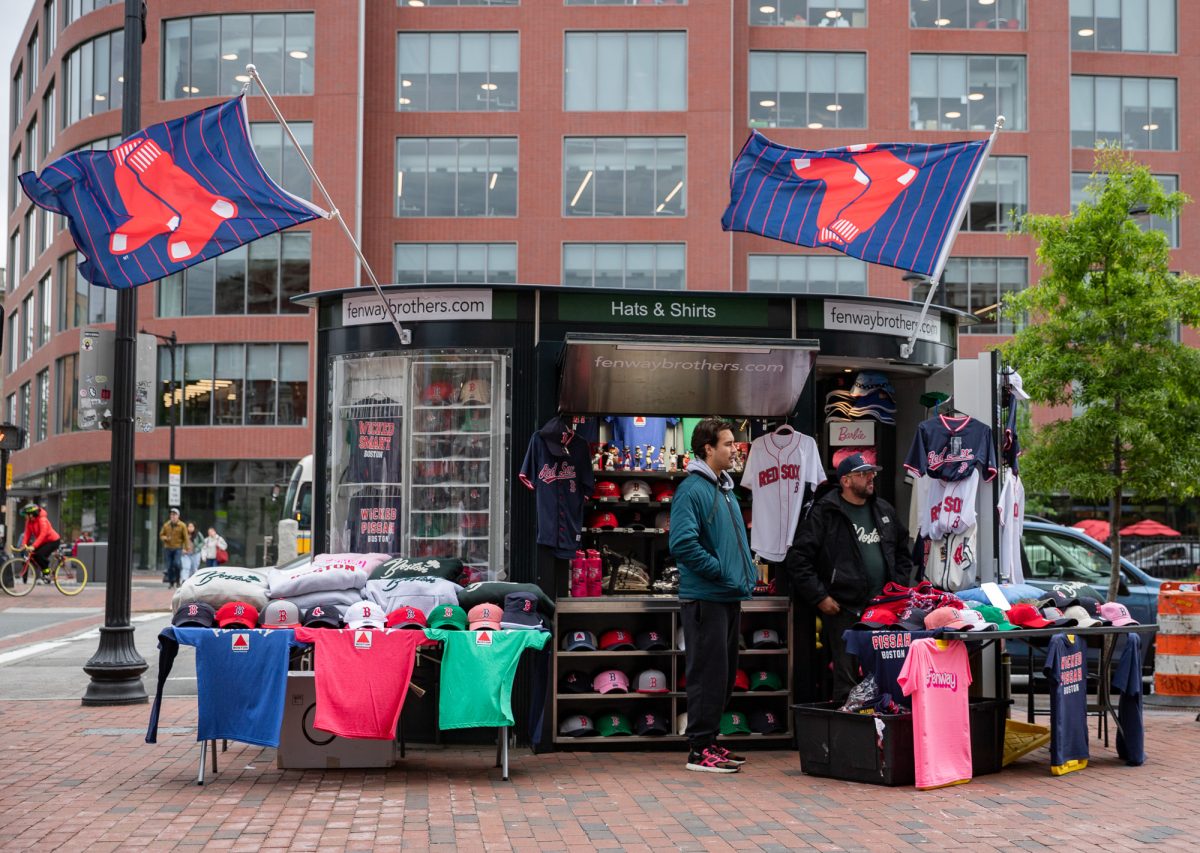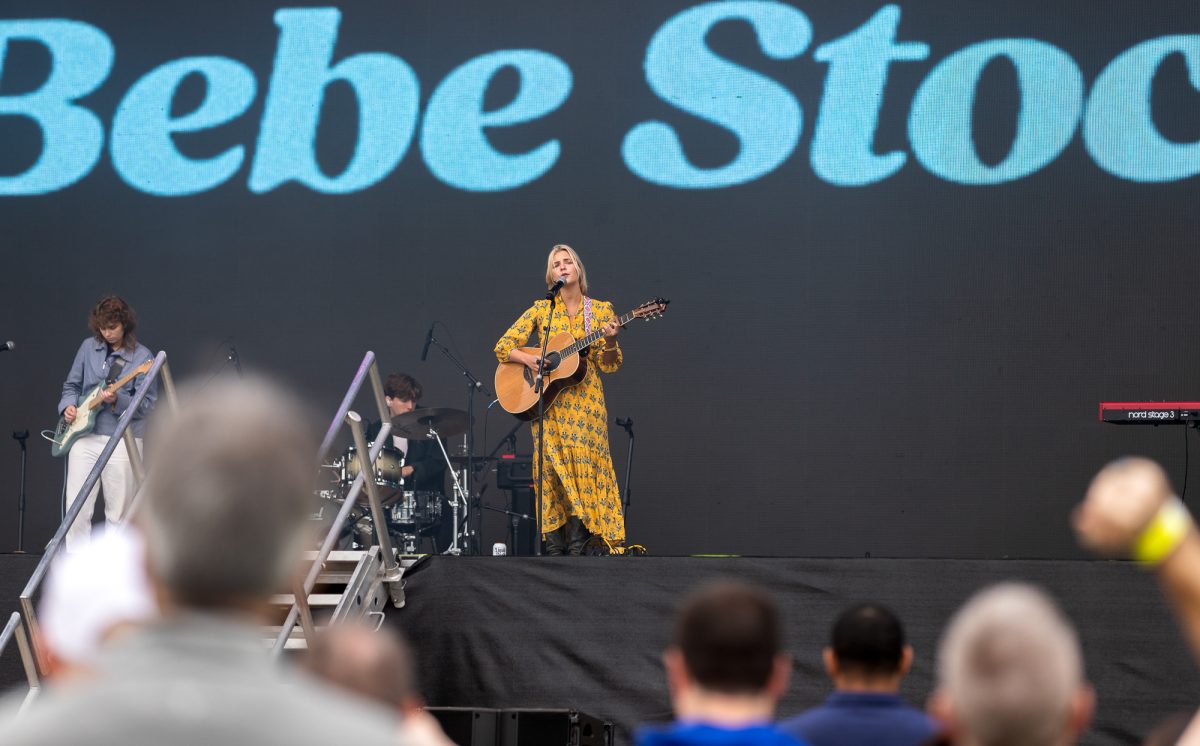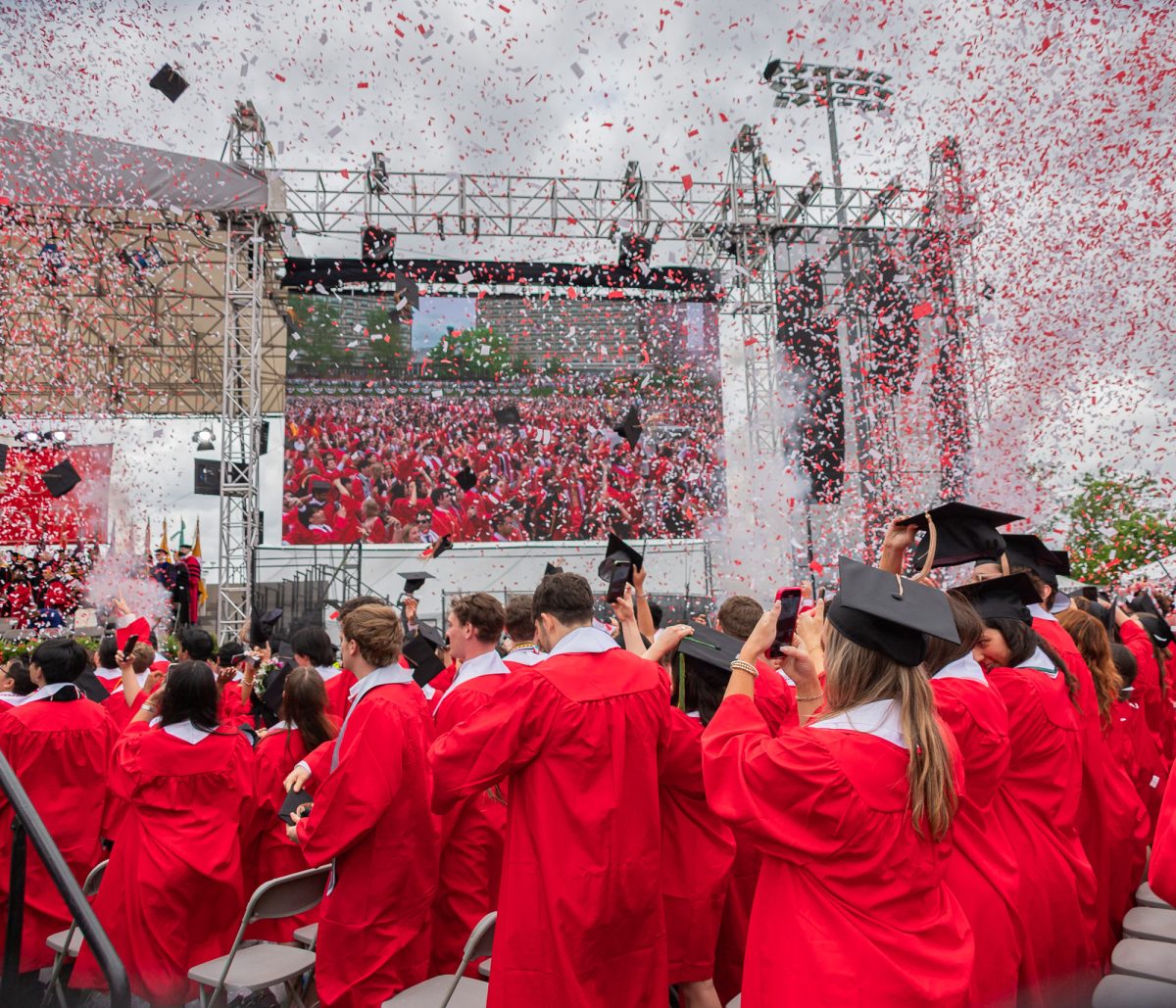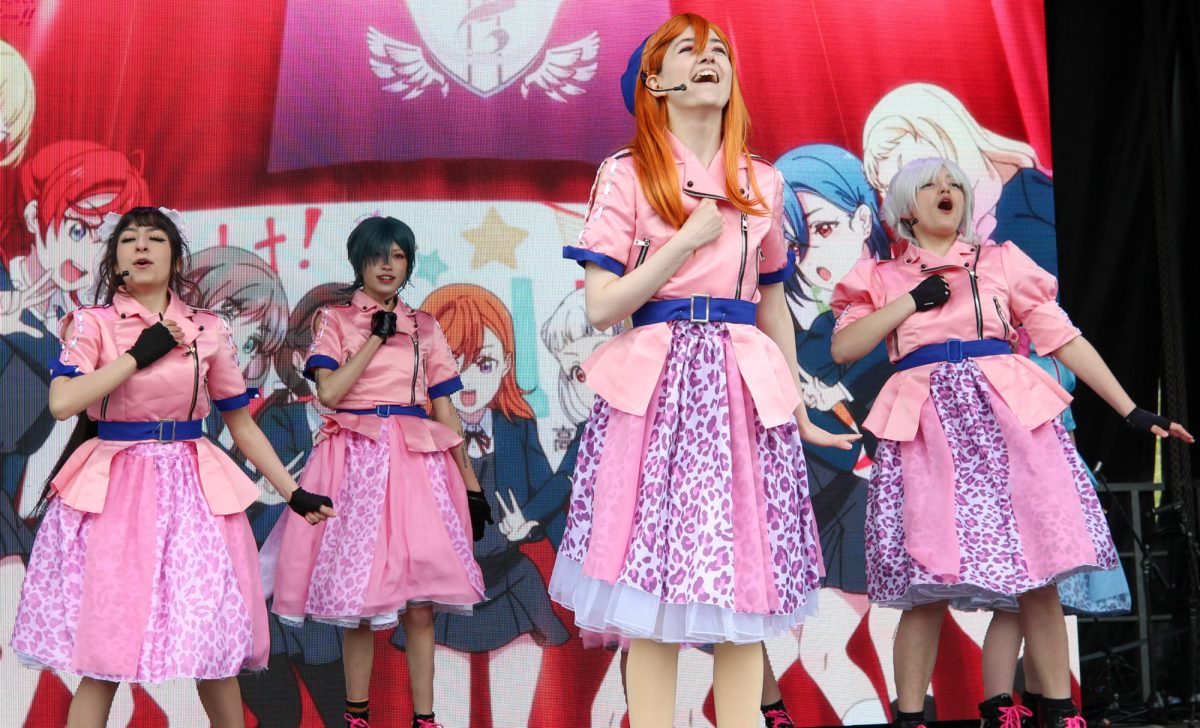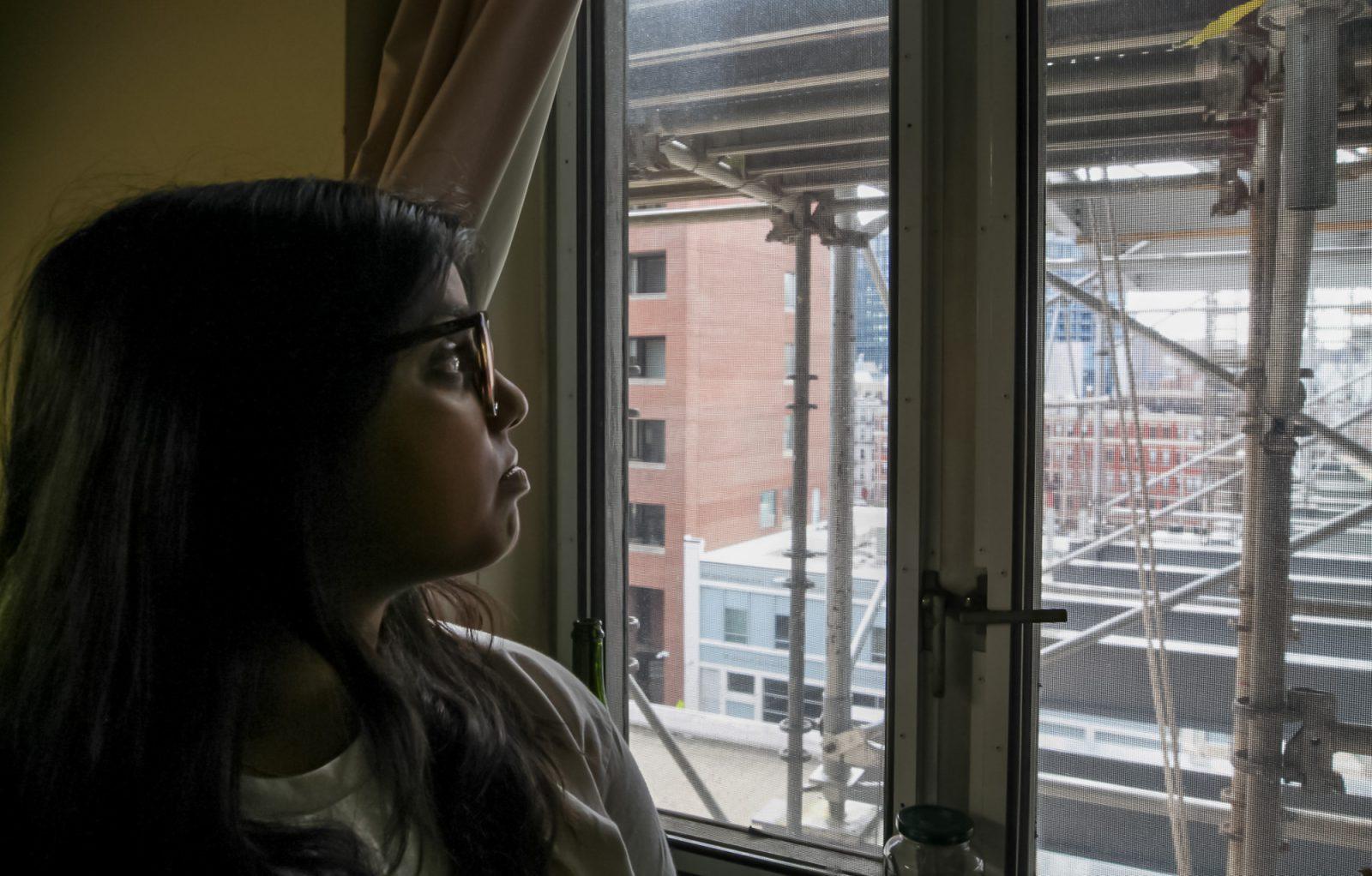For some sports, inclement weather can postpone or even cancel events. But single-digit temperatures and gusting winds do not discourage the Boston University women’s rowing team. All it has to do is simply move indoors.
In an effort to break up the monotony of winter training sandwiched between its fall and spring seasons, the BU women’s rowing team competed in the 2003 CRASH-B Sprint World Indoor Championships on Feb. 23 at the Reggie Lewis Track and Athletic Center.
The annual event attracts some of the world’s best rowers as well as many top collegiate competitors. This year, nearly 2,000 male and female rowers of various ages and experience tested their strength, speed, and endurance on ergometers, or rowing machines. Competitors in the event try to row 2,000 meters as fast as they can.
Three seniors shined for BU at the CRASH-Bs, advancing to the final heat of the competition that included the day’s top 20 rowers.
Kari Oversvee finished in 10th place overall in the women’s open event. In her preliminary heat, Oversvee rowed 2,000 meters in 7:03.50. In the final heat, which included the first round’s top 10 international rowers and the top 10 collegiate rowers, the senior clocked in at 7:04.70
Katherine Haimes, co-captain of the BU women’s crew team, finished in 18th place overall, coming in at 7:13.20.
And not far behind Haimes was Frederique Garnier, who finished in 20th place with a time of 7:14.90.
The co-captain was pleased with the team’s performance.
‘Our team did quite well,’ Haimes said, adding that about 75 percent of the BU rowers achieved personal best times for 2,000 meters. ‘It’s good because we’re not really in peak condition.’
The team’s other co-captain, junior Kara Eiber, echoed Haimes.
‘I was thrilled with the team,’ Eiber said. ‘It was awesome for [the three seniors] and for us to cheer them on.’
The Terriers concluded their fall season in October at the Head of the Charles Regatta. Since then, the team has been training on the water when weather permits and working out on dry land and indoors. Haimes said that that the CRASH-B Championships are the one break from the monotony of winter workouts.
‘The majority of our winter training is geared toward this event,’ Haimes said.
Eiber said that the championships provide satisfaction after so much training.
‘It’s hard not being on the water, and it gets tough after a while,’ Eiber said. ‘[The CRASH-B] shows off all the work you’ve been putting in indoors.’
The indoor championships provided a forum for the rowers to display their individual ability. Haimes talked about competing indoors and how it compares and contrasts with competing on water.
‘You’re by yourself on the machine, so the spotlight is on you,’ Haimes said. ‘When you’re on the water, you’re working with a team of eight.
‘But both are very hard.’
CRASH-B was first a team name for a group of 1976 and 1980 United States Olympic and World Team athletes who came together to put on their own regatta to add some excitement to winter training.
At first a small event, the CRASH-Bs has grown and evolved into a highly competitive and respected international world rowing championship. Among the first members of the CRASH-Bs, and a current member of the Board of the Directors of the championships, is Holly Hatton, the head coach of the BU women’s rowing team. Eiber credited her coach for the growing success of the event.
‘She helped get [the championship] started,’ Eiber said. ‘And it’s grown immensely.
‘Boston is the rowing capital of the nation, so you get a good turnout here.’
With the better part of winter training behind them, the BU women rowers look forward to the start of their spring season when they get back on the Charles River to compete against Syracuse University on Mar. 29.
Both co-captains said the team’s performance at the CRASH-Bs gave the squad a boost heading into the spring season.
‘It was a great way to get ready for the season,’ Haimes said.
‘It’s a very big reassurance,’ Eiber added. ‘We know that we’re all making progress.’

